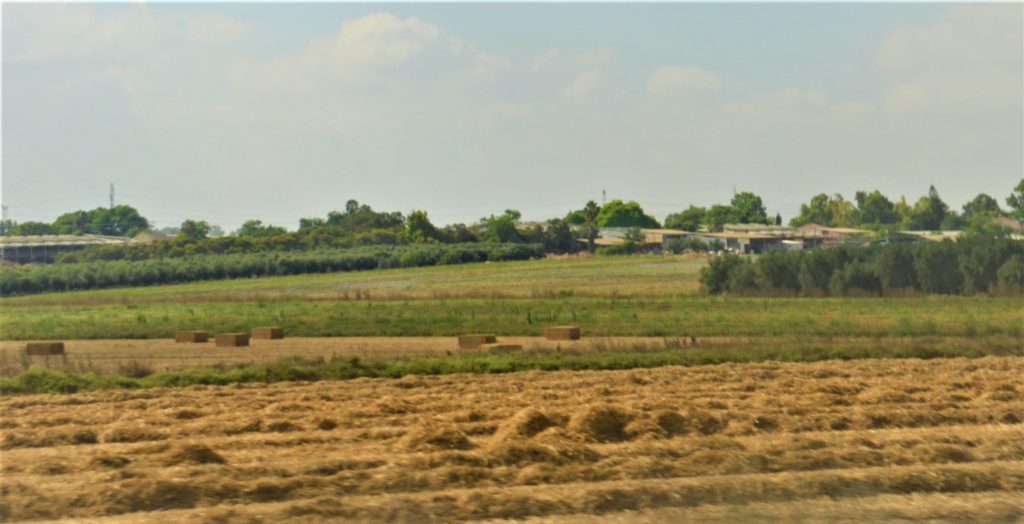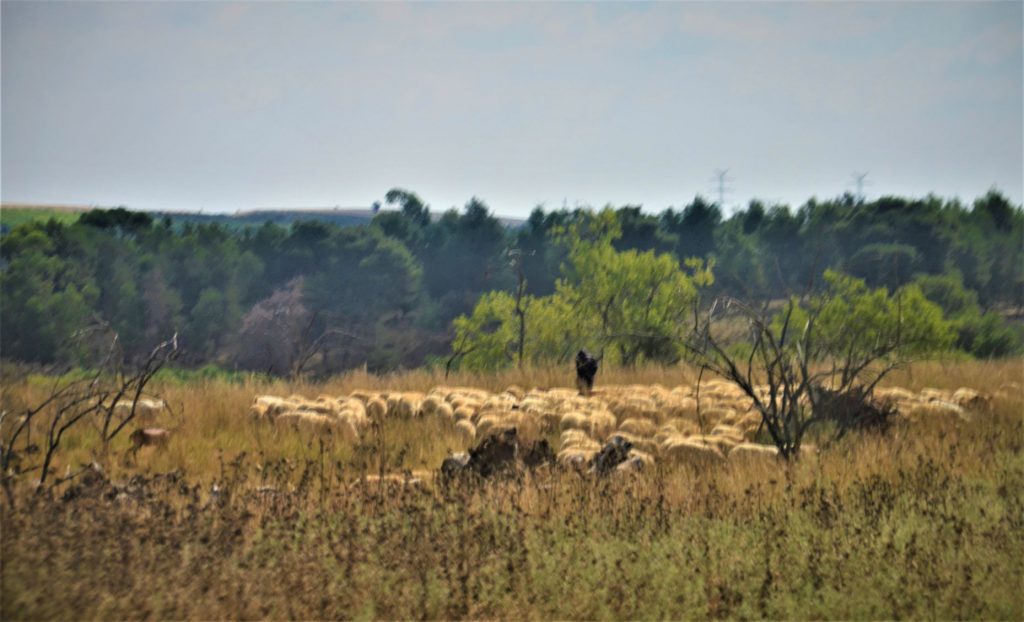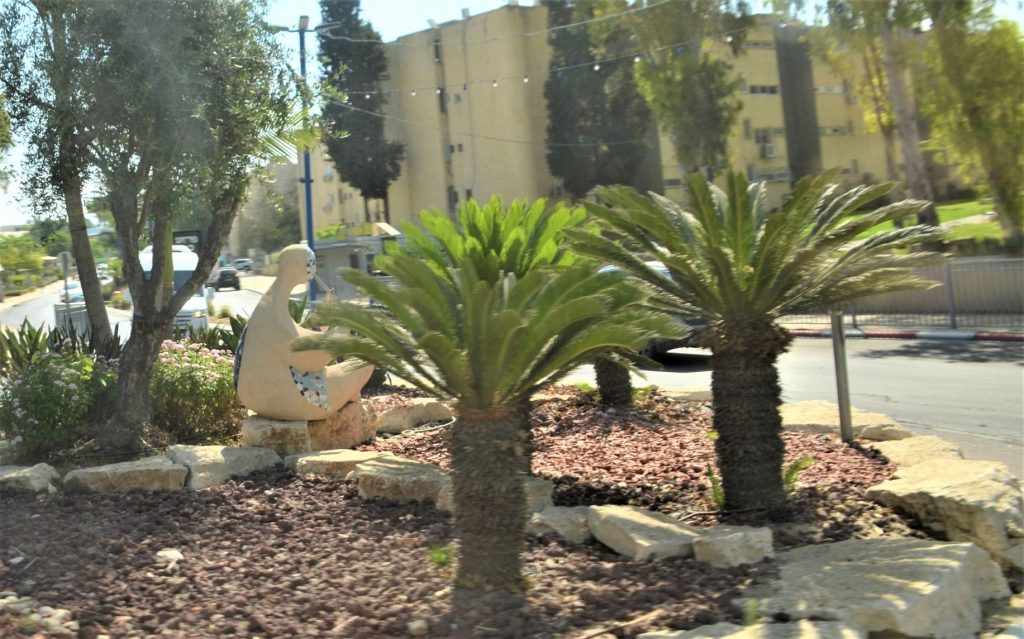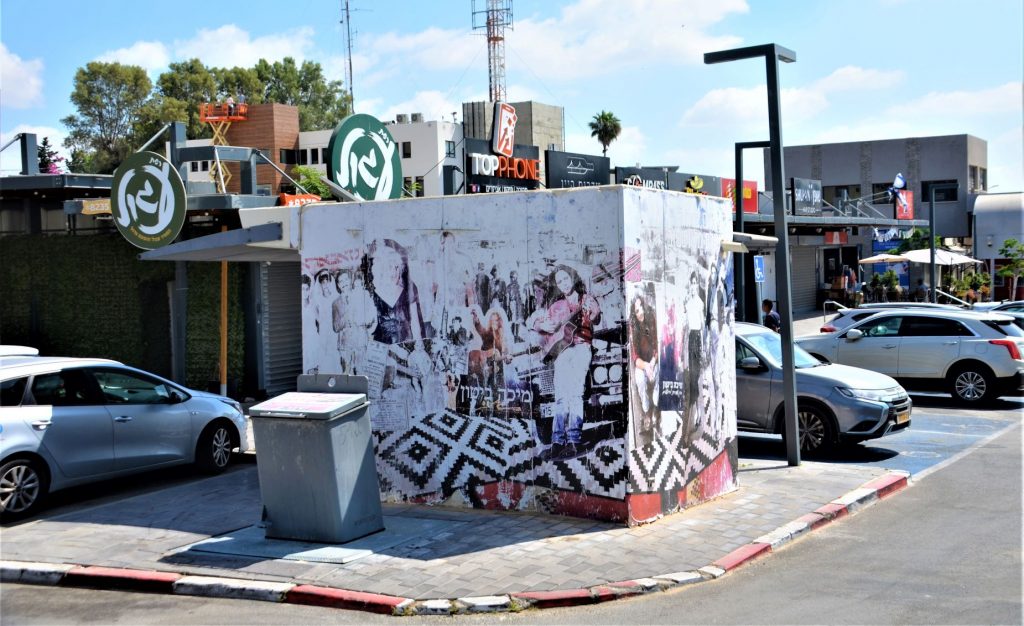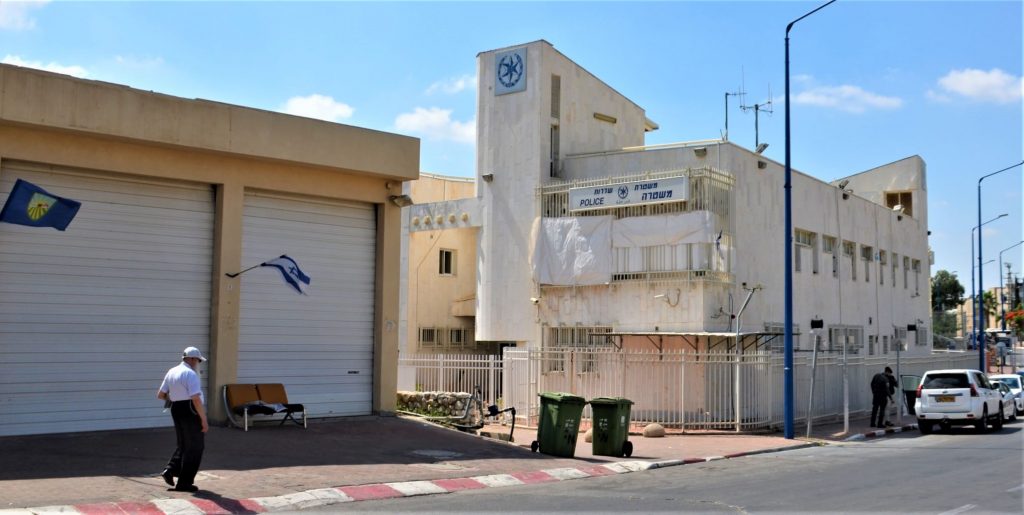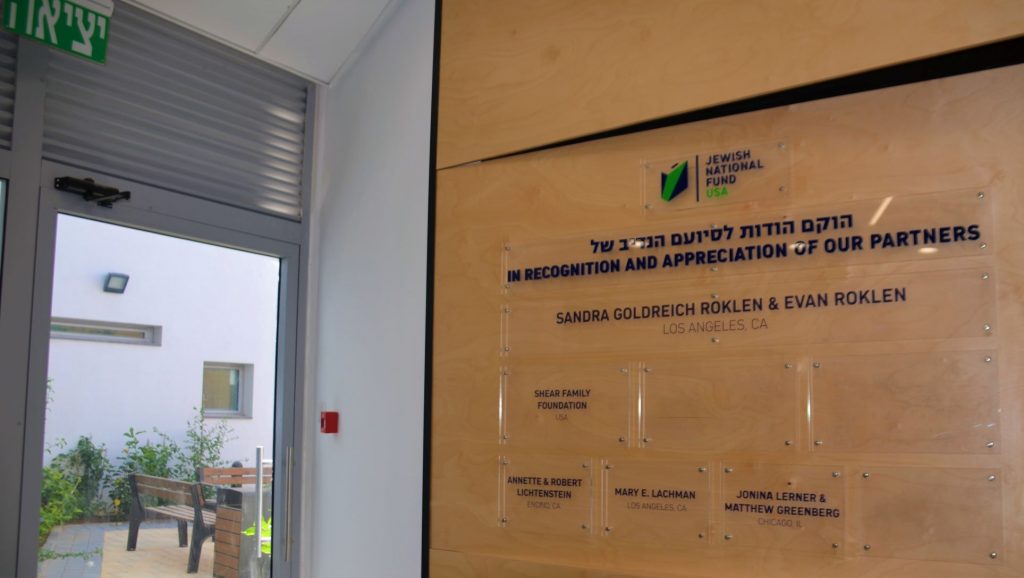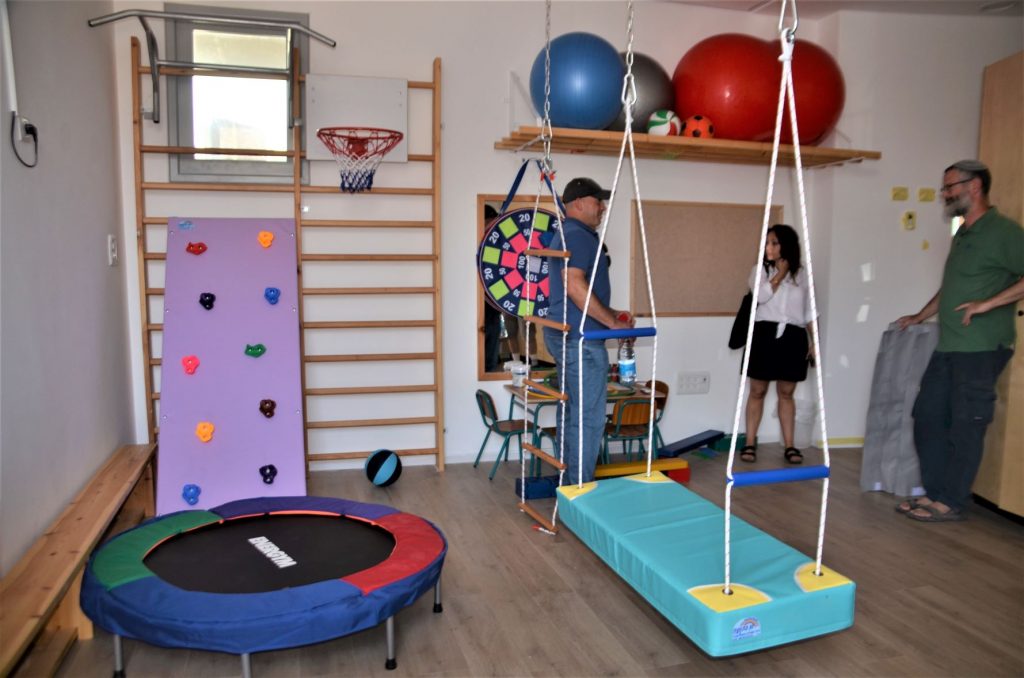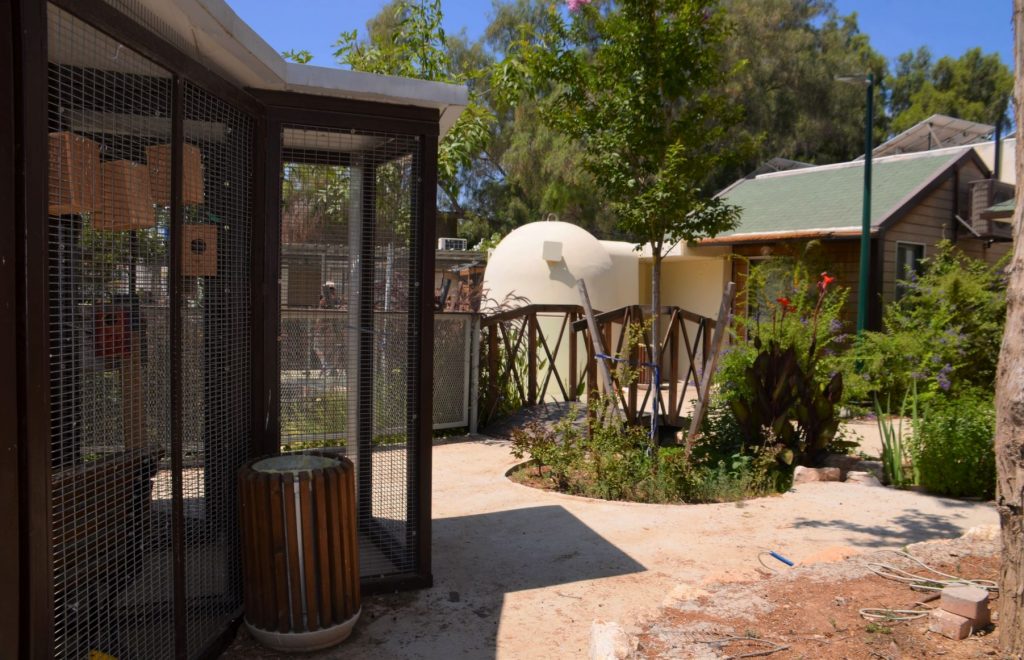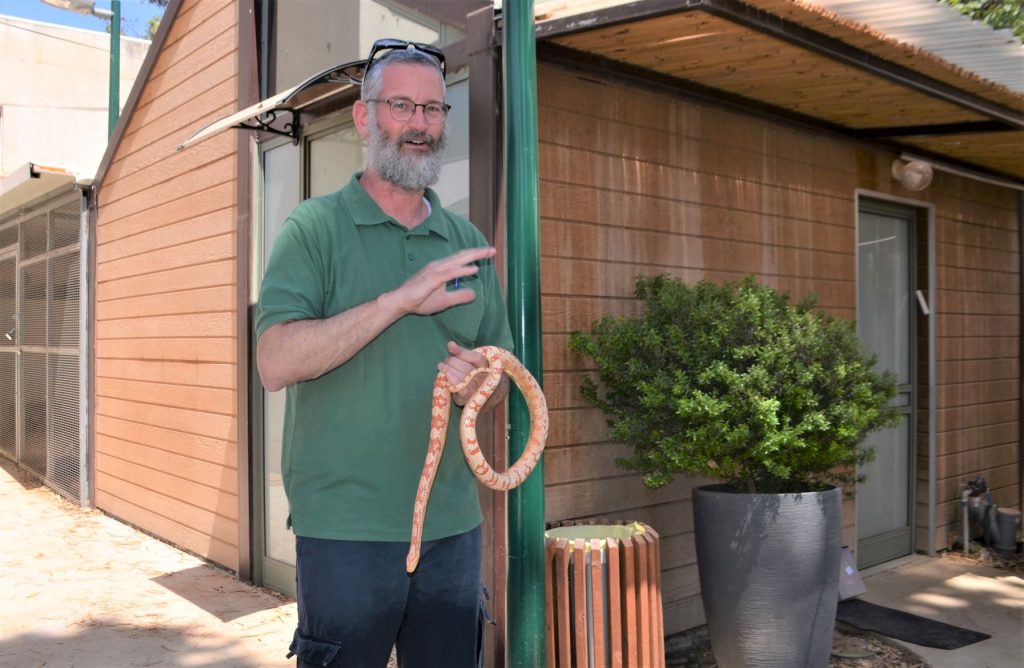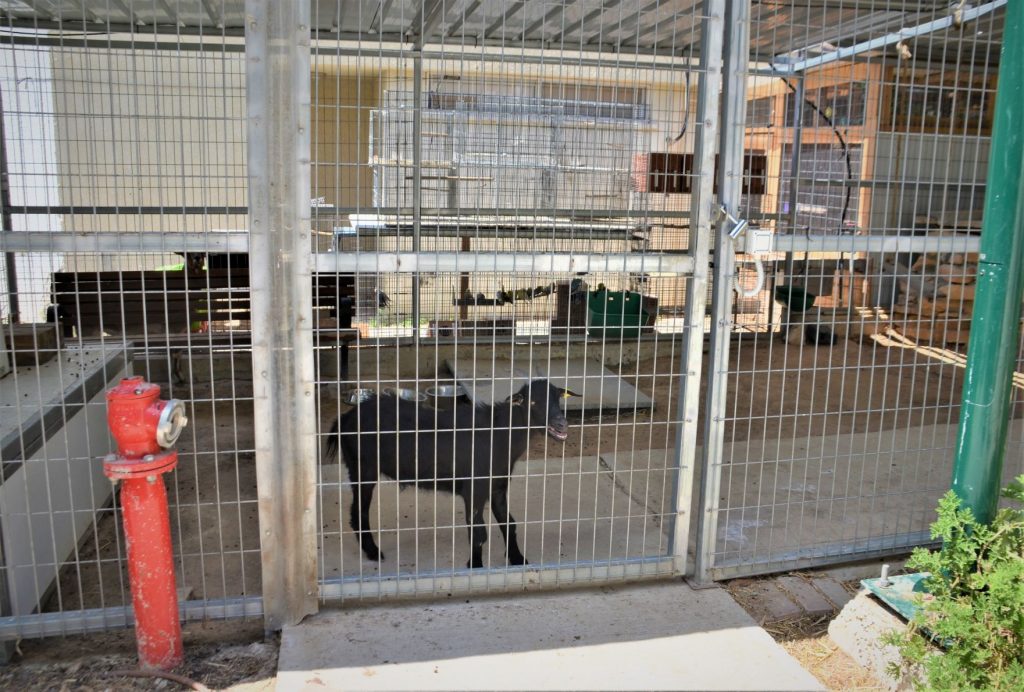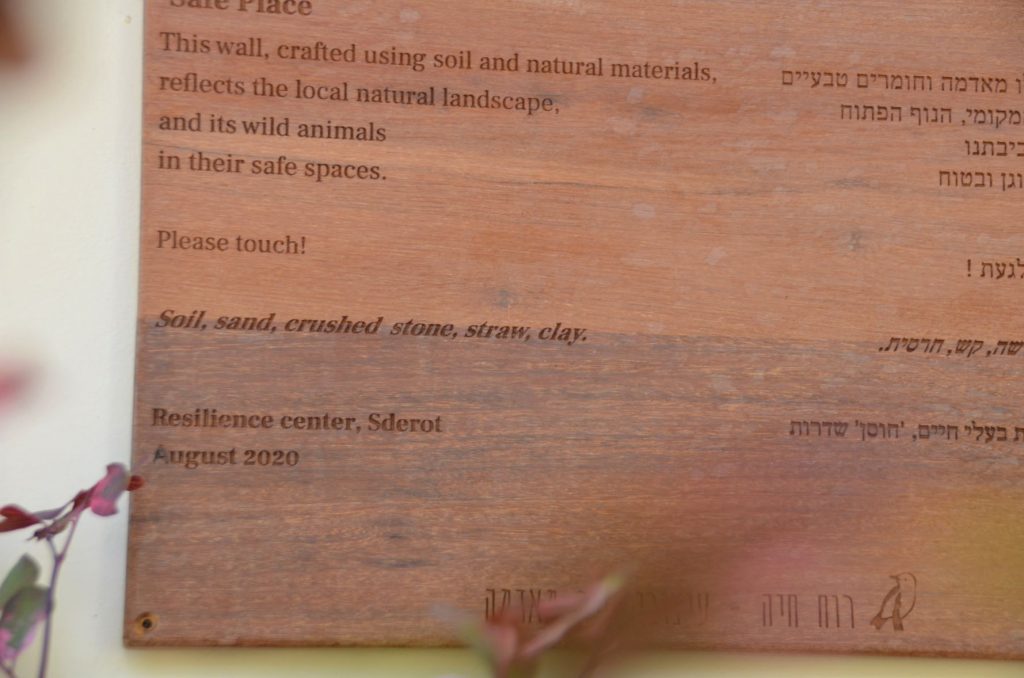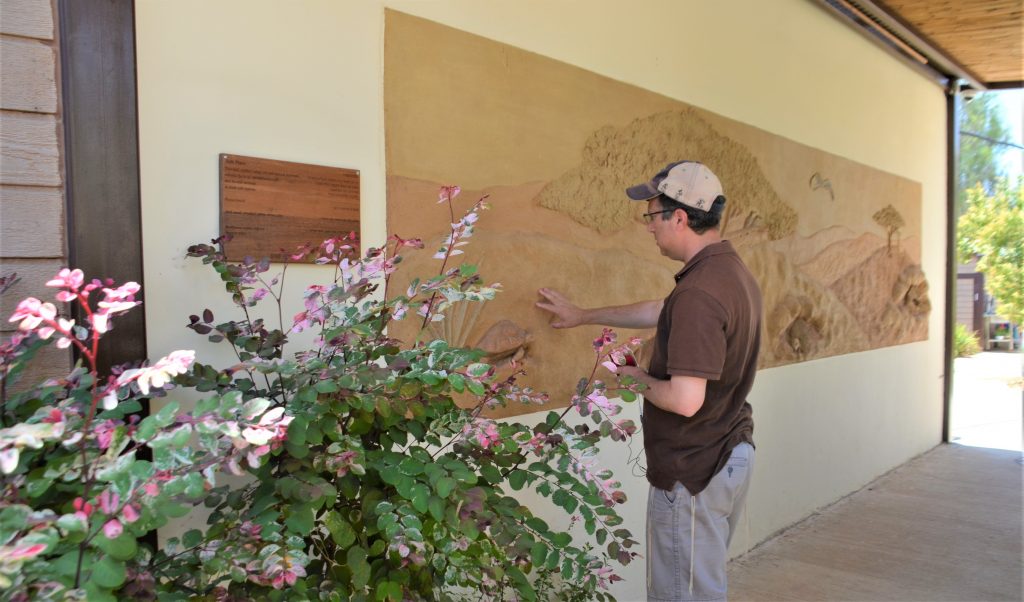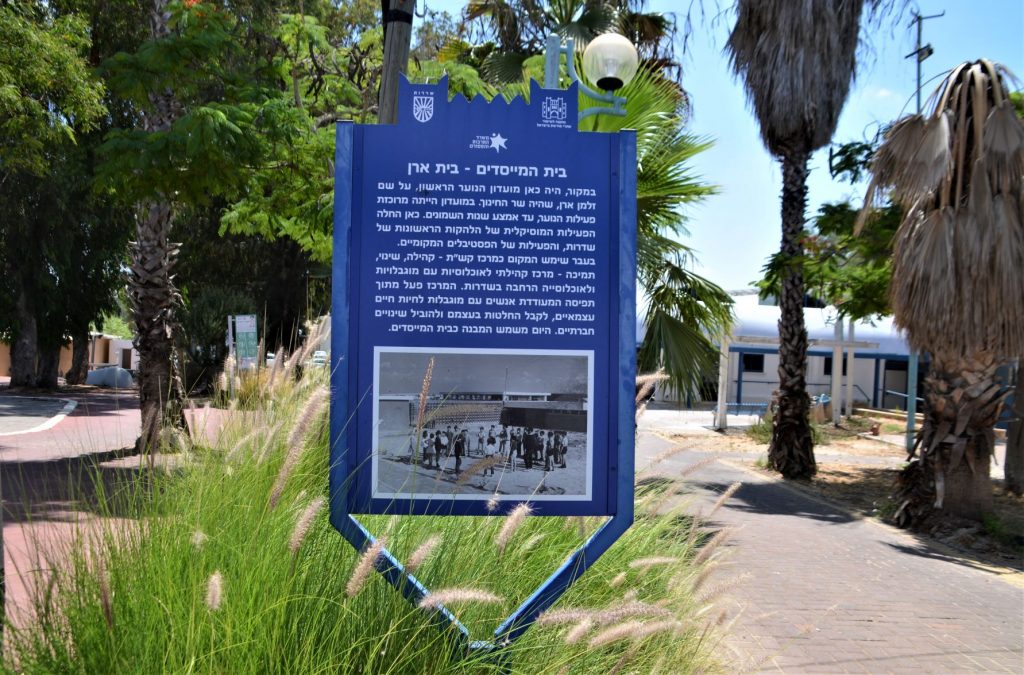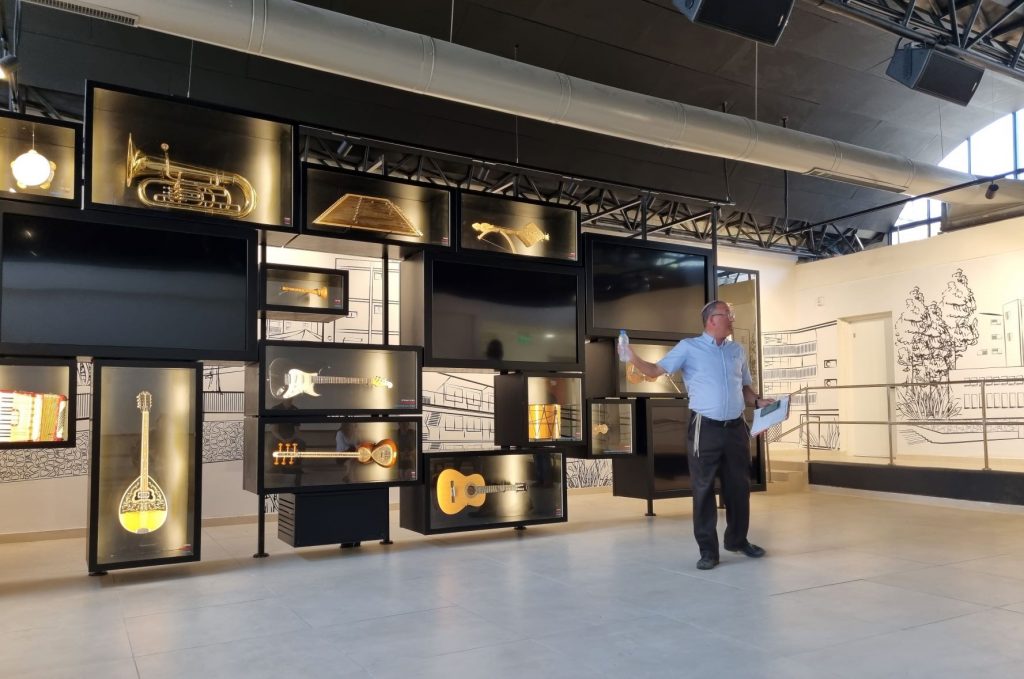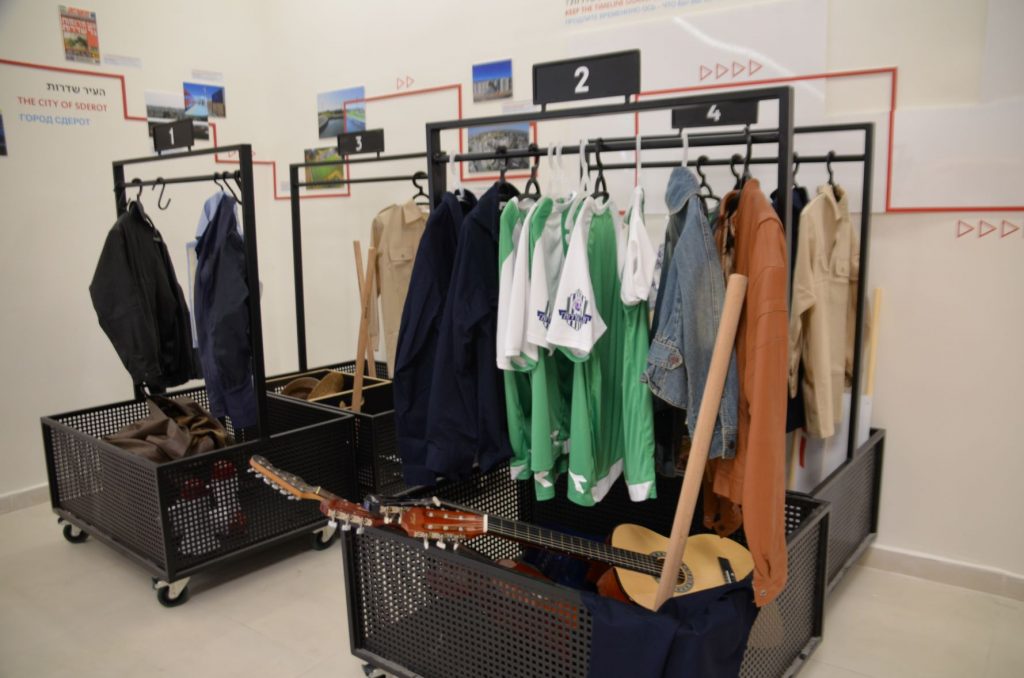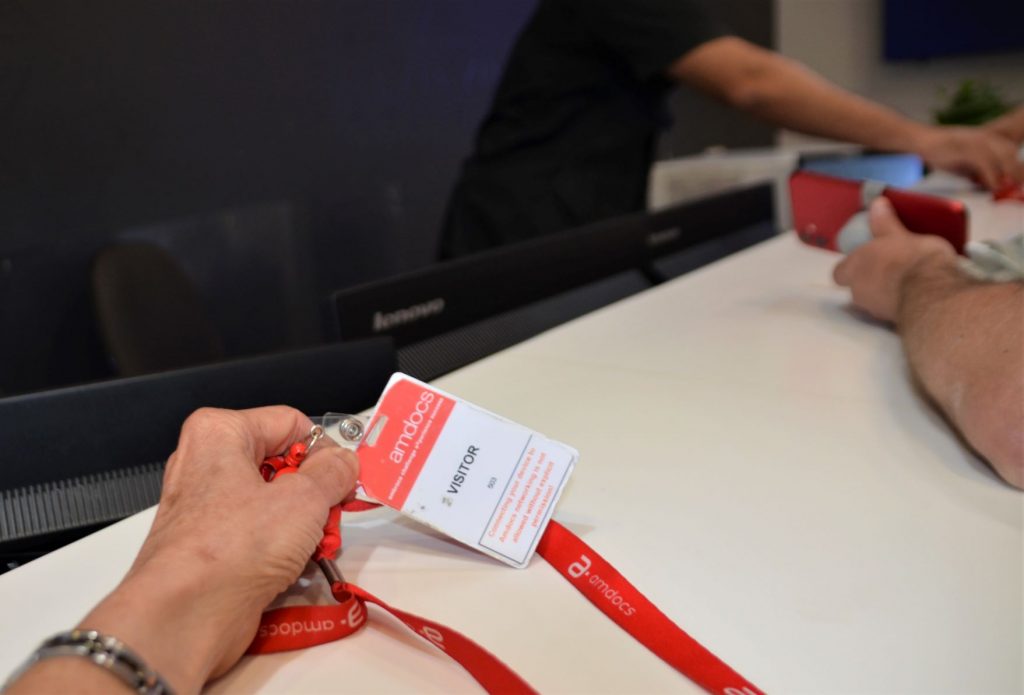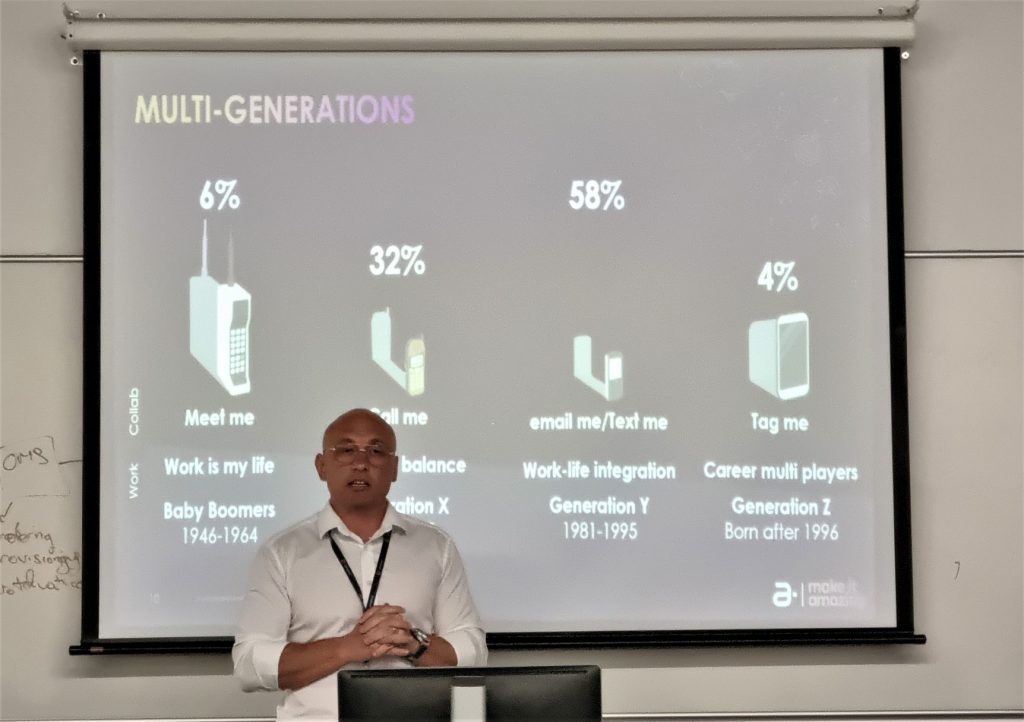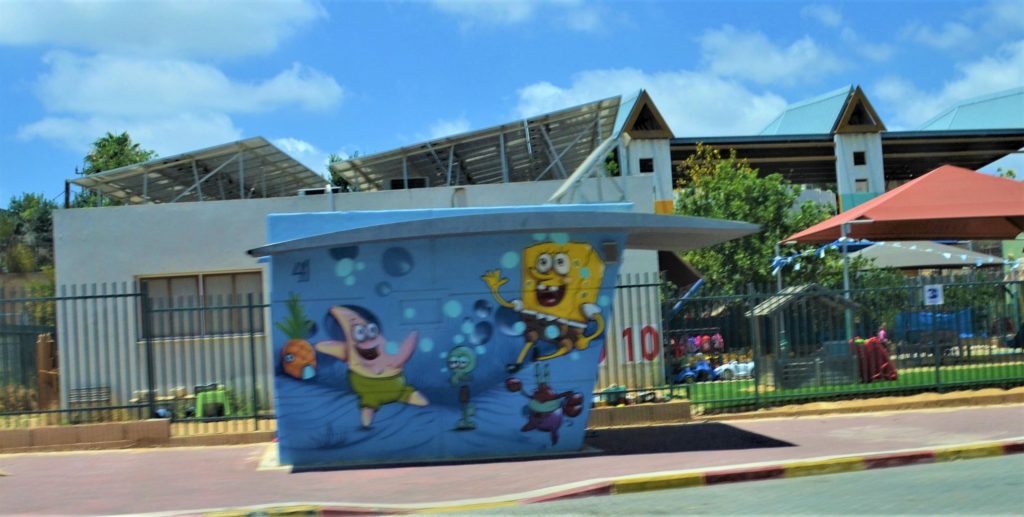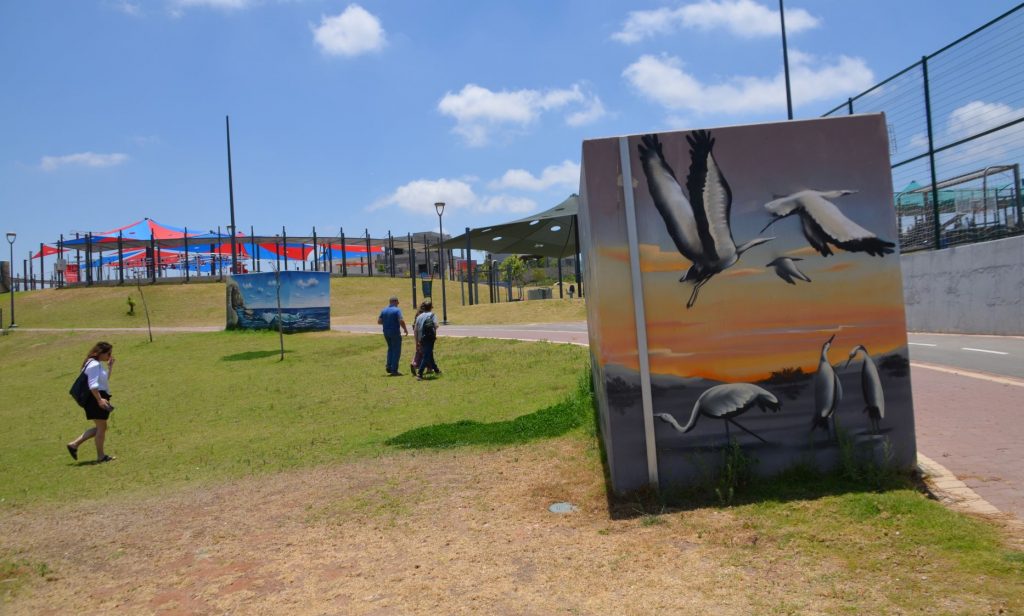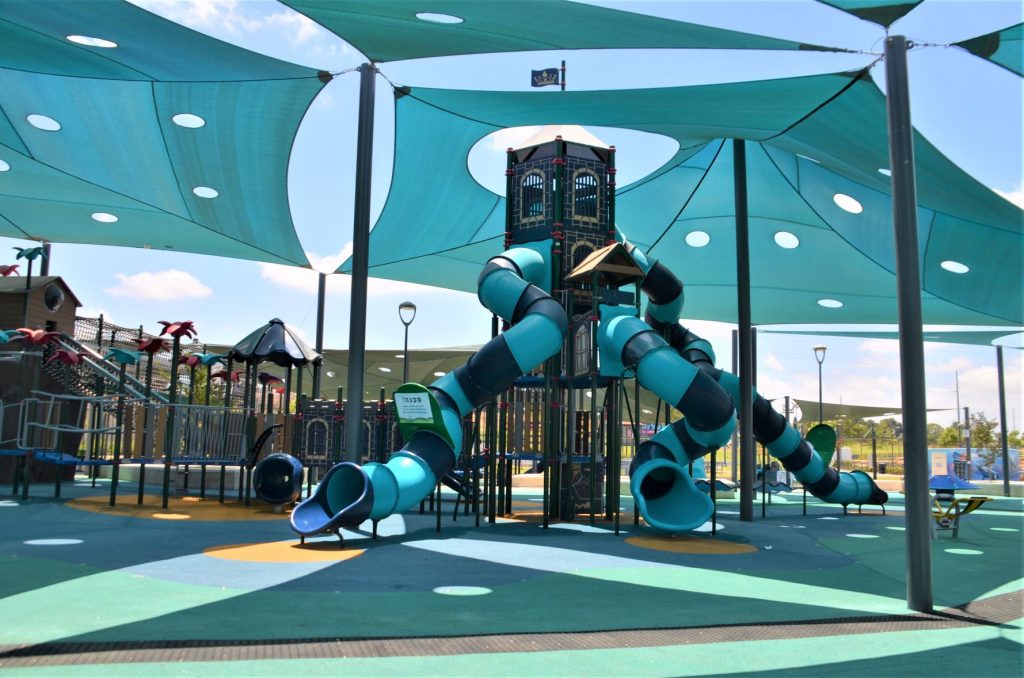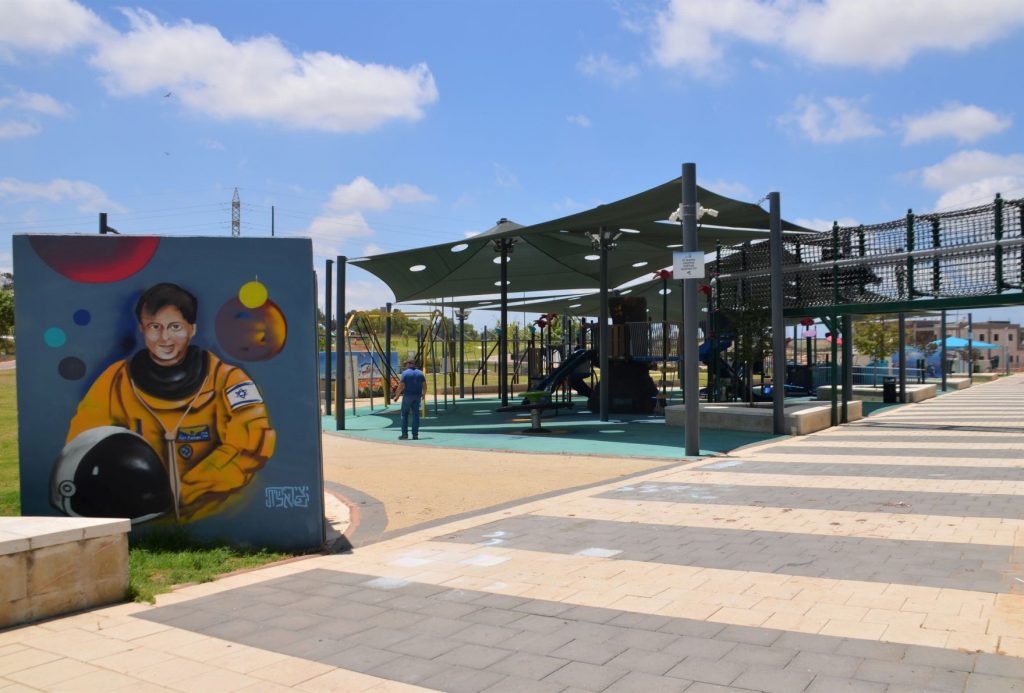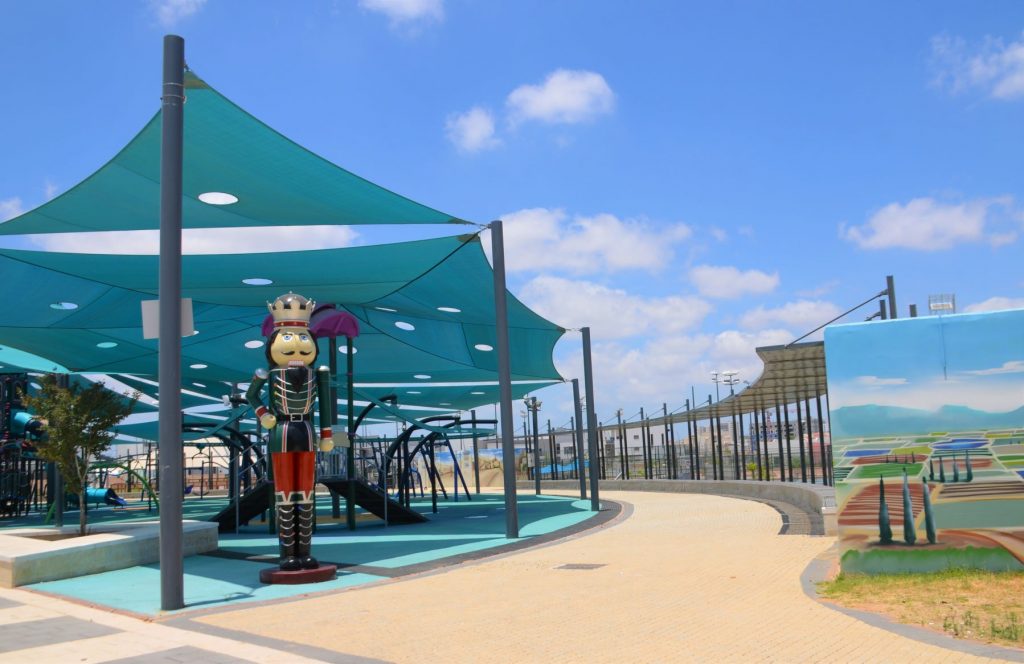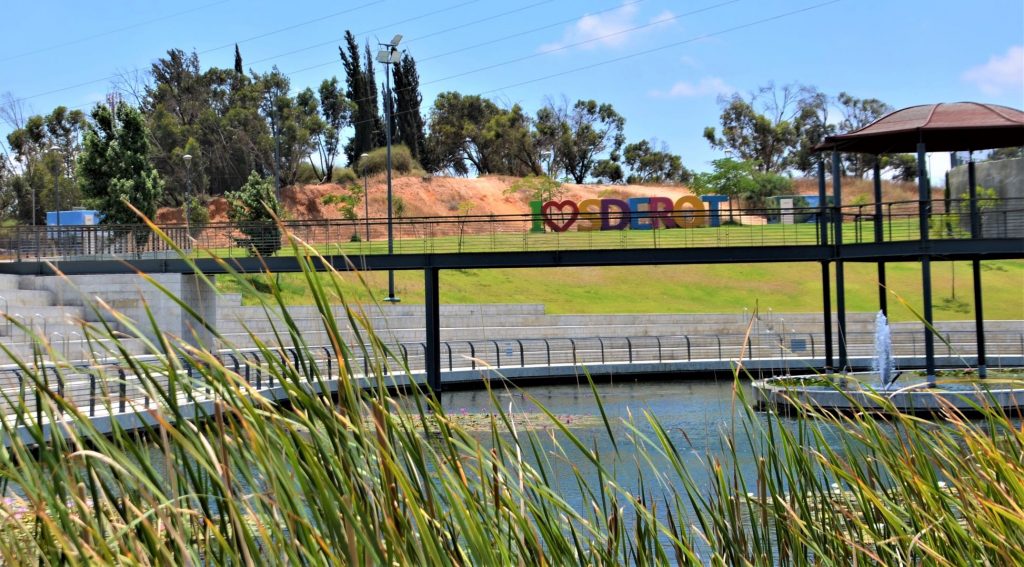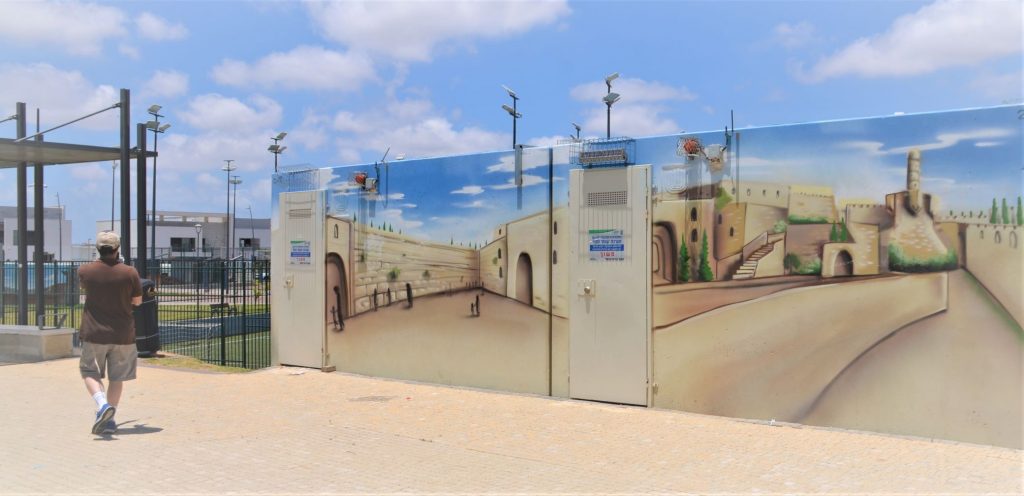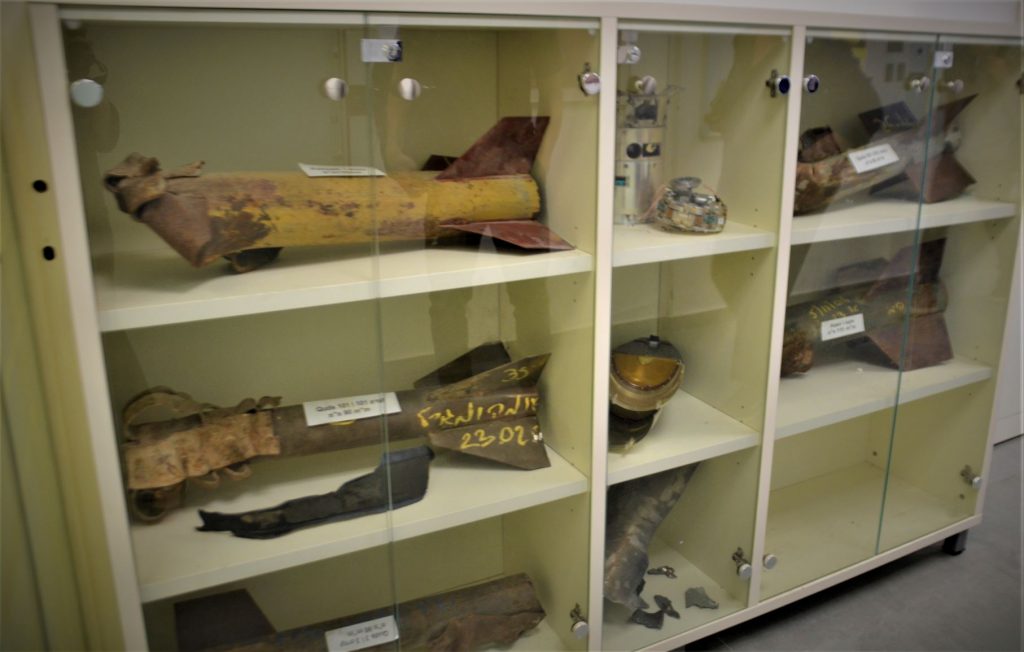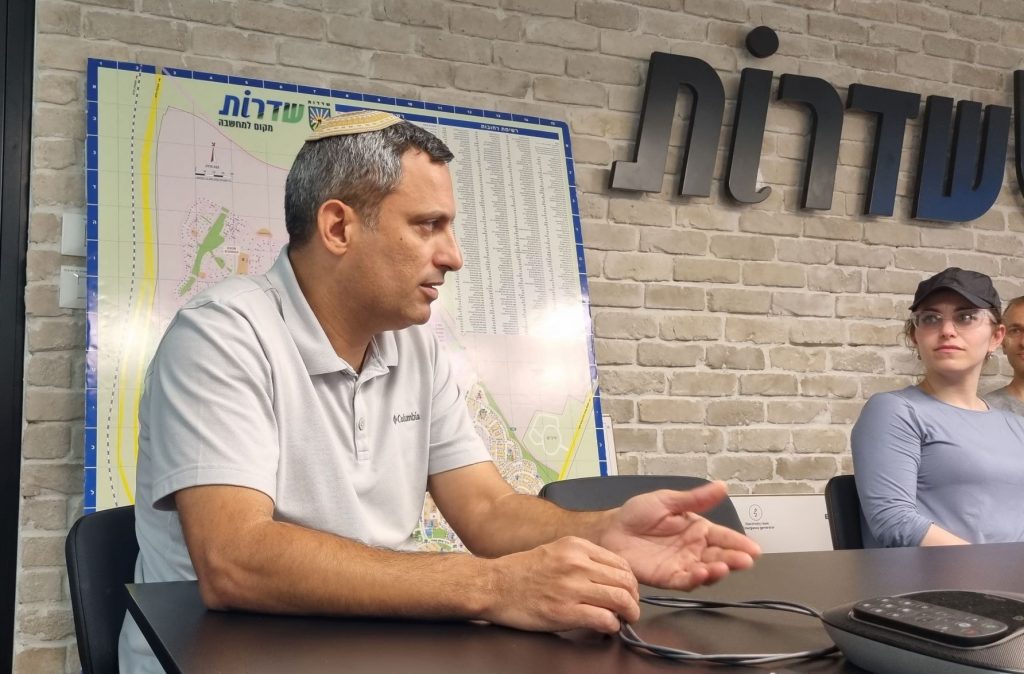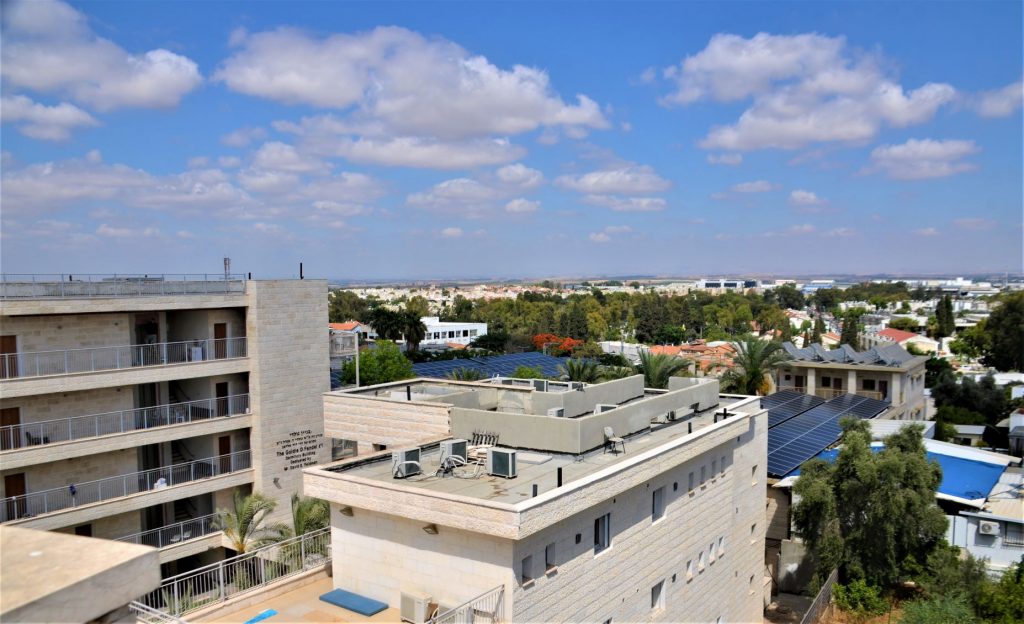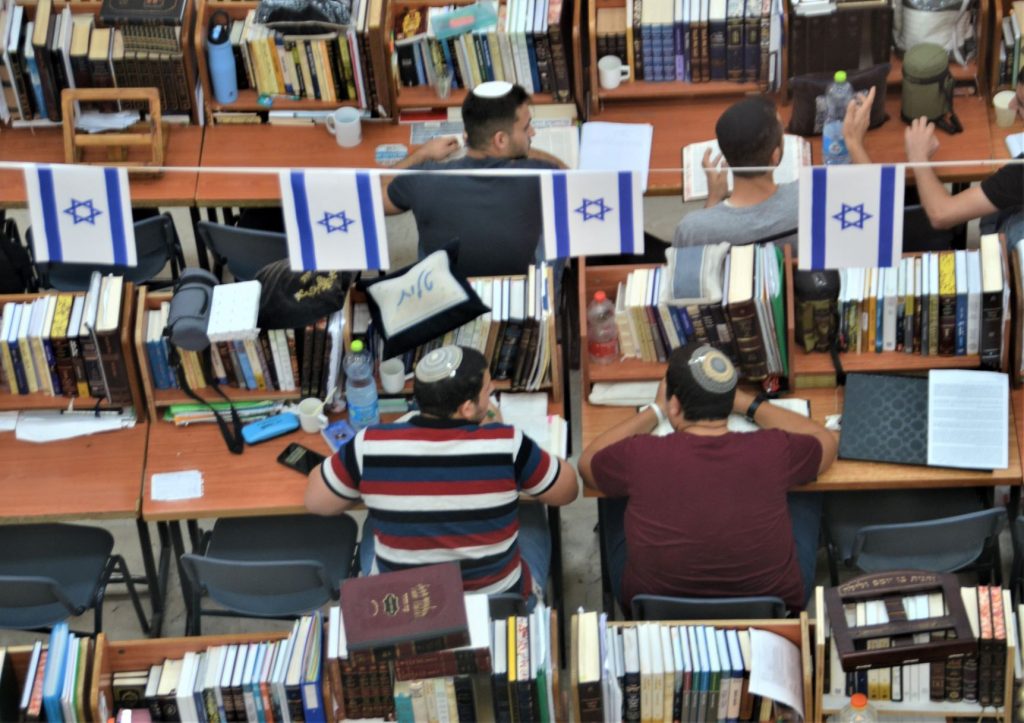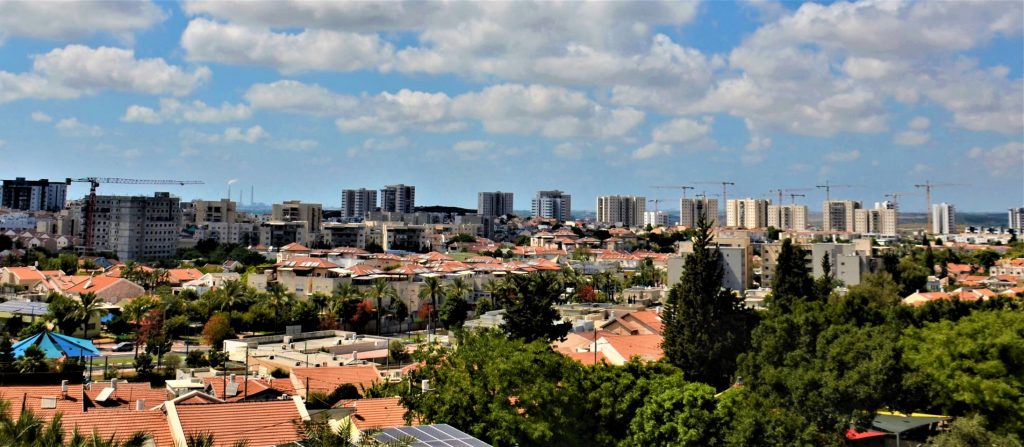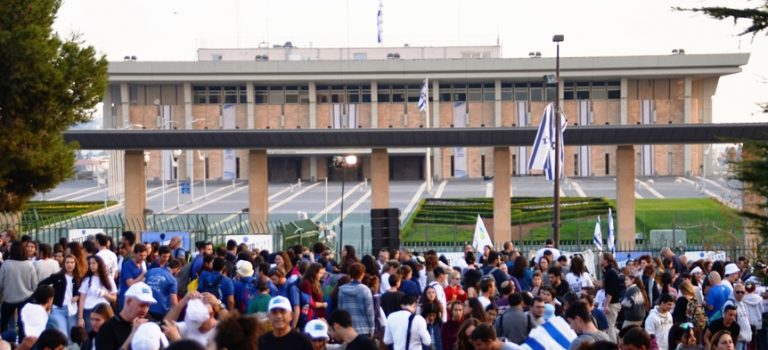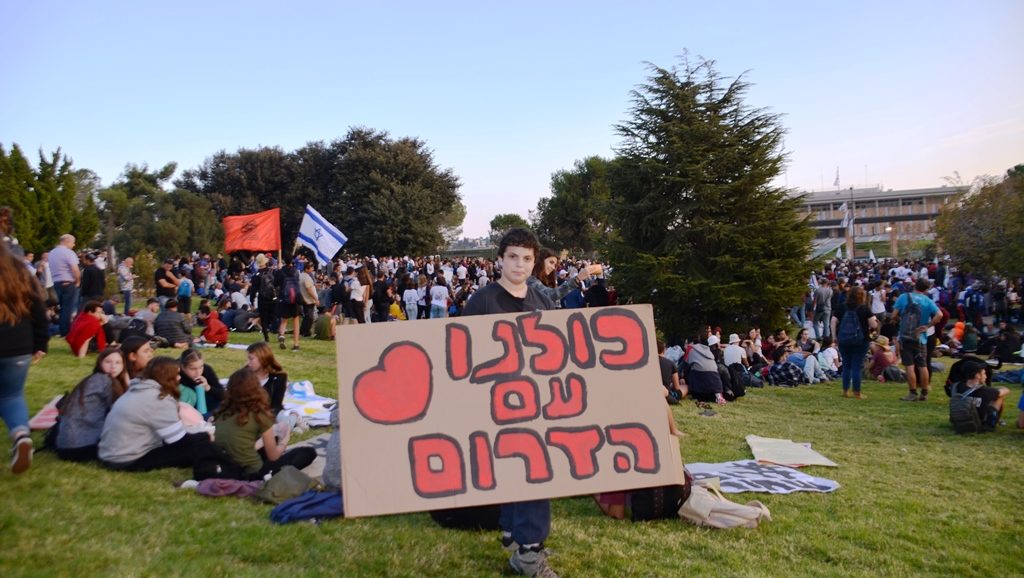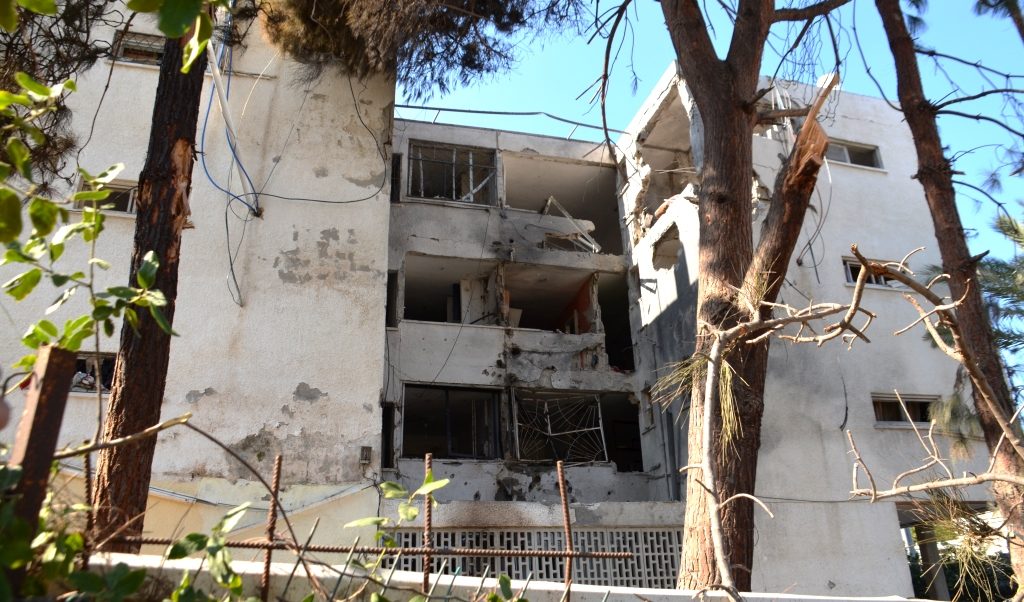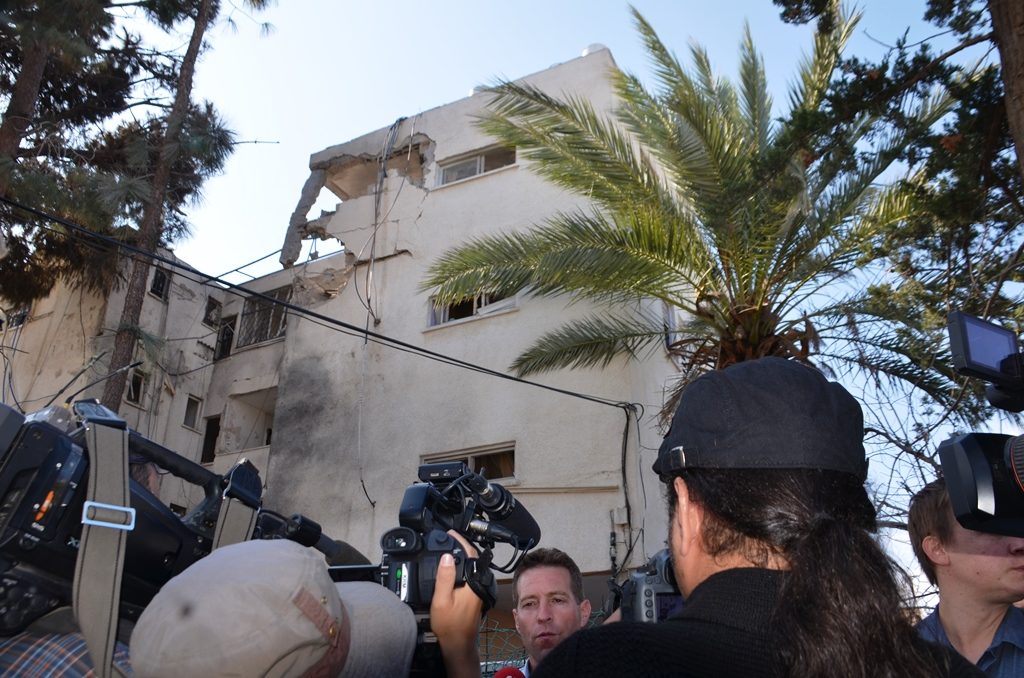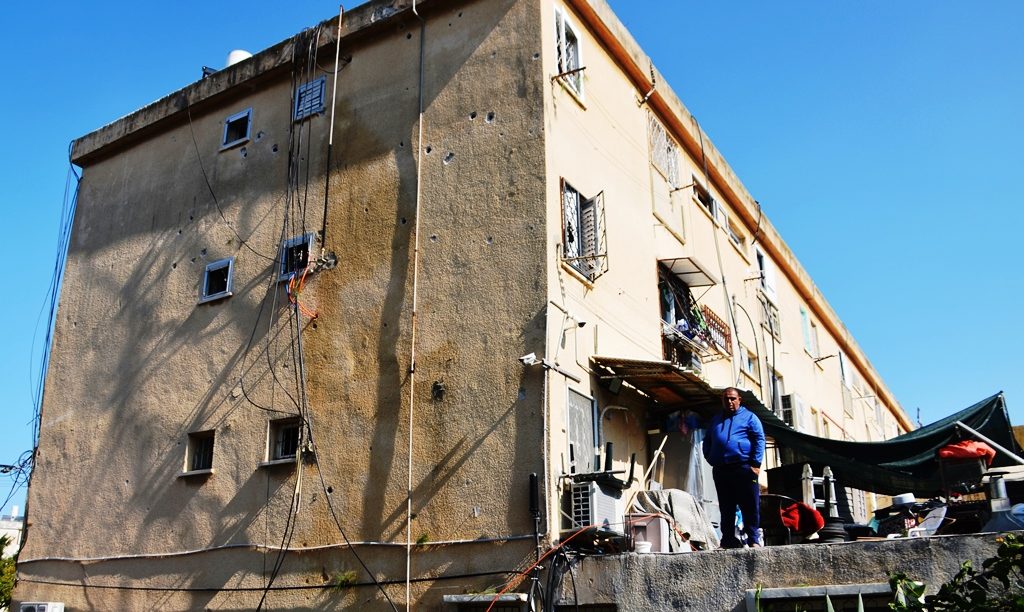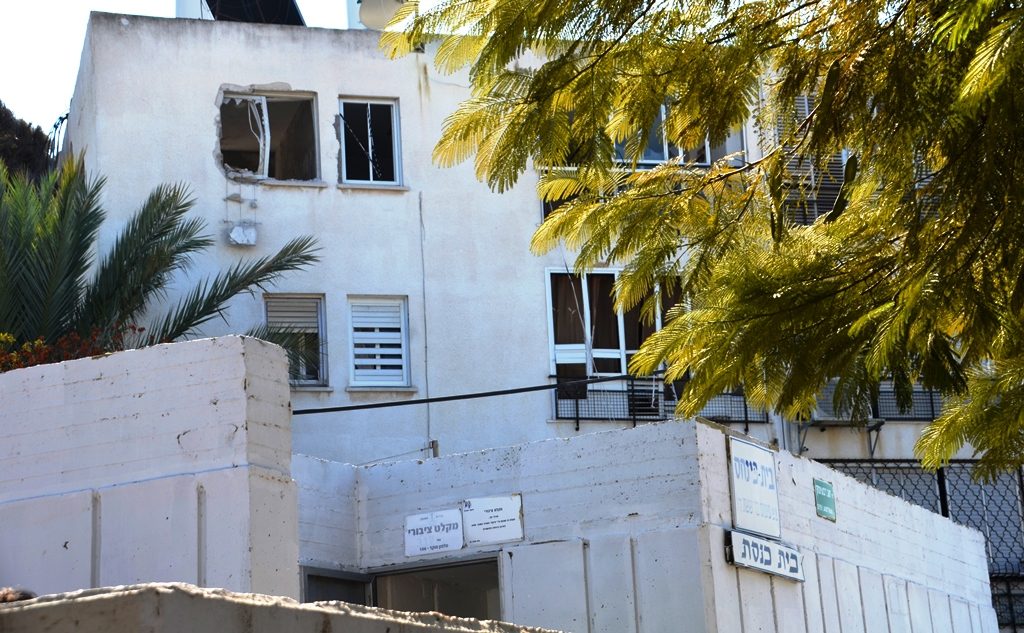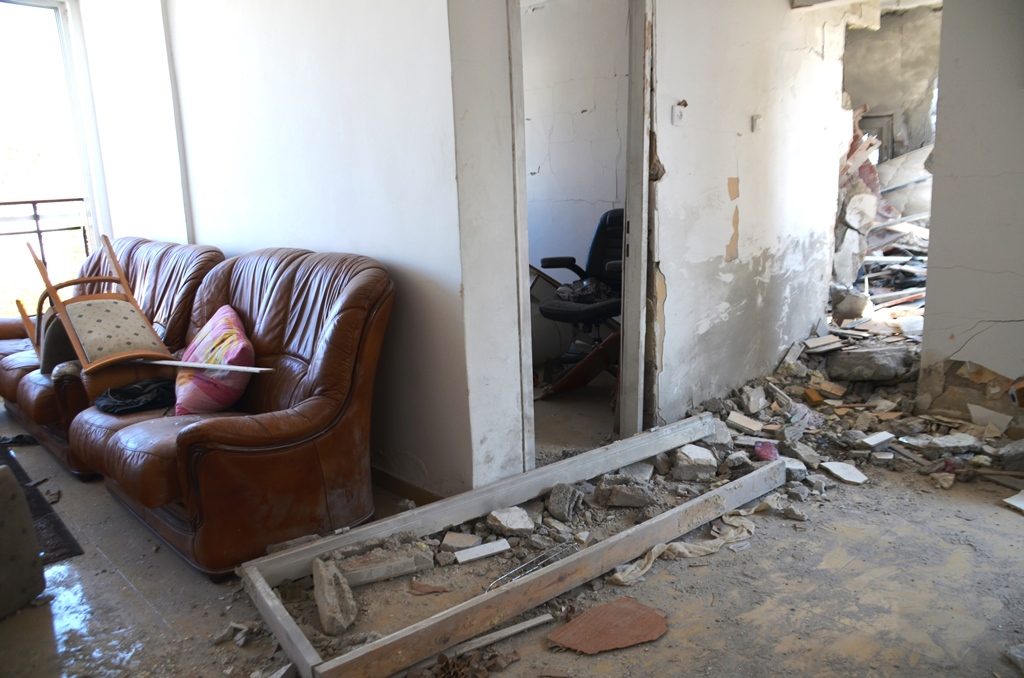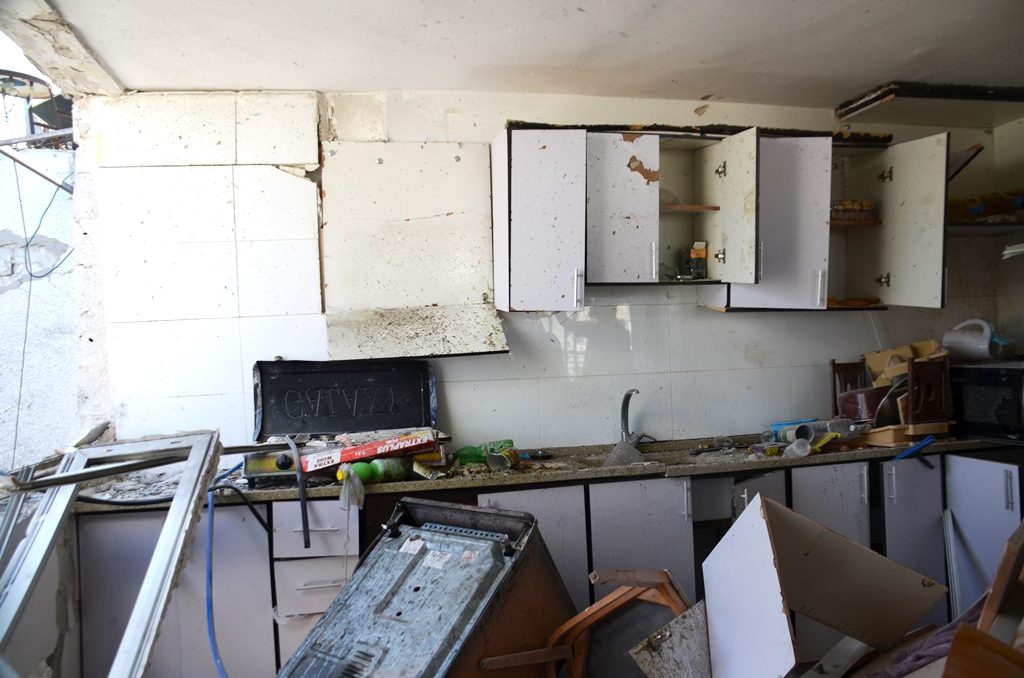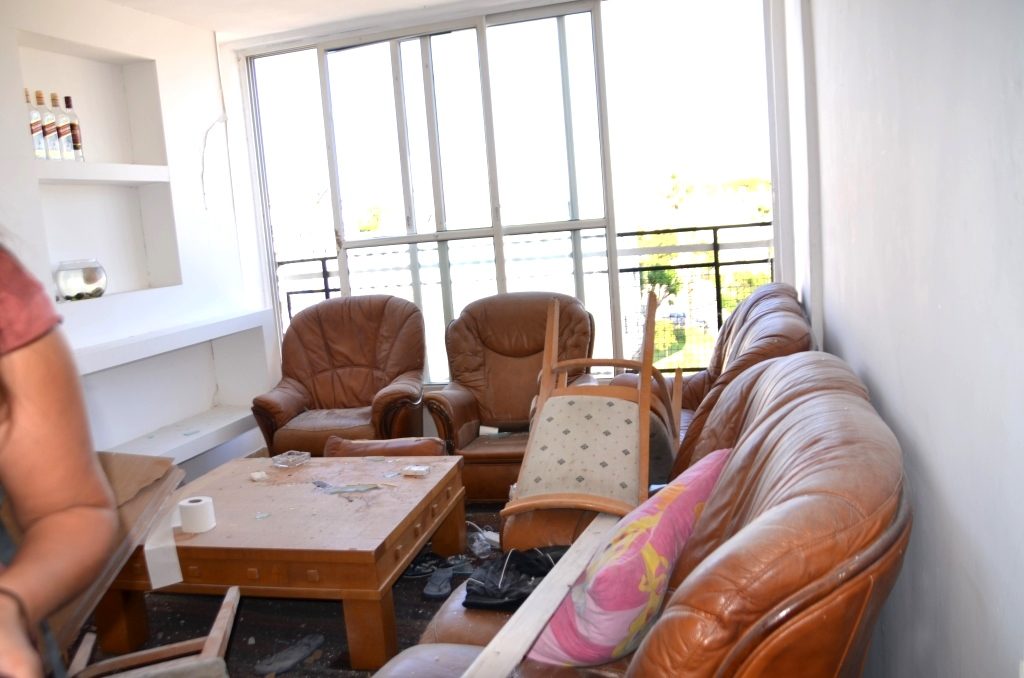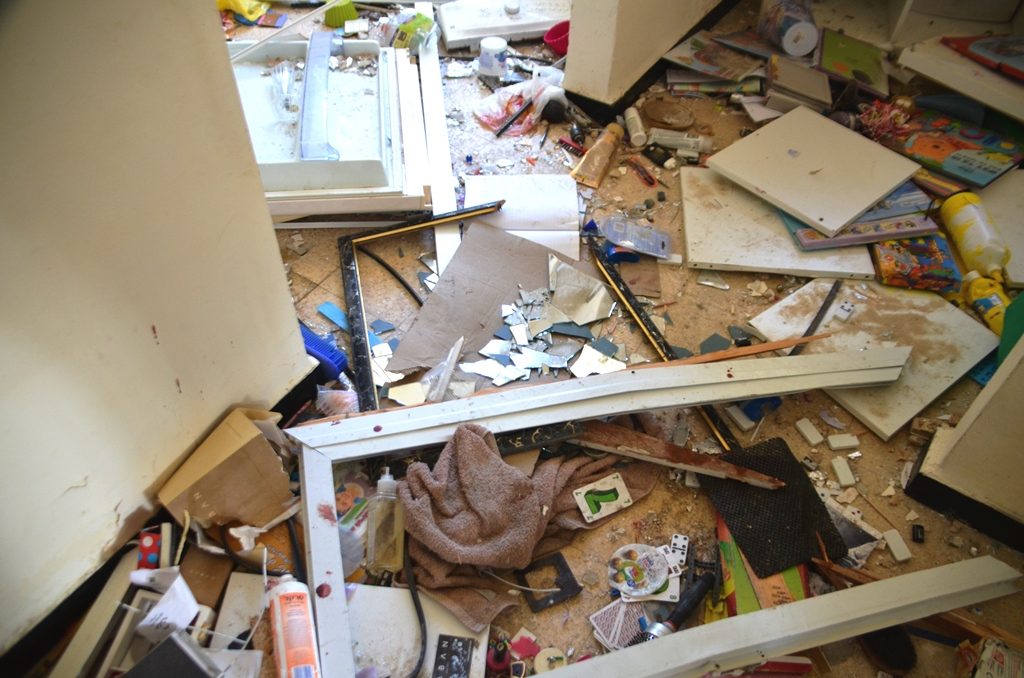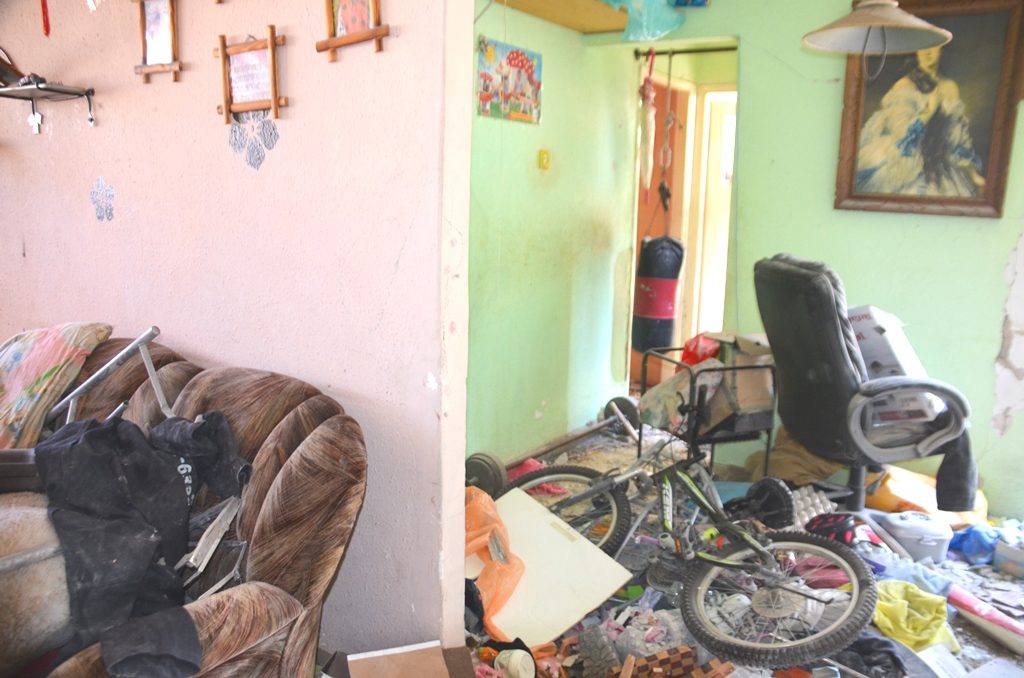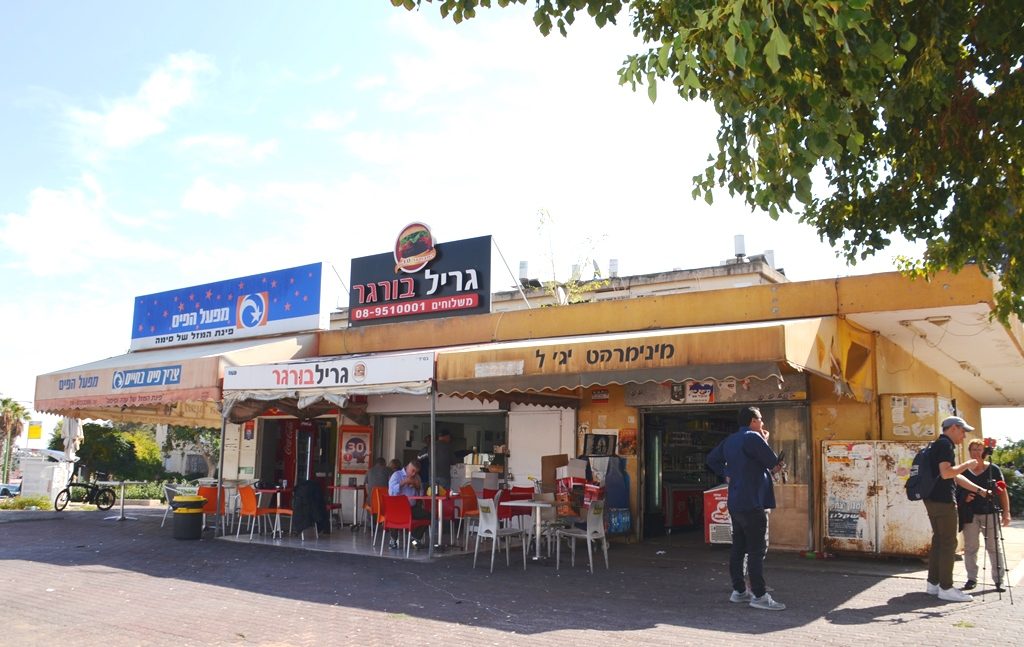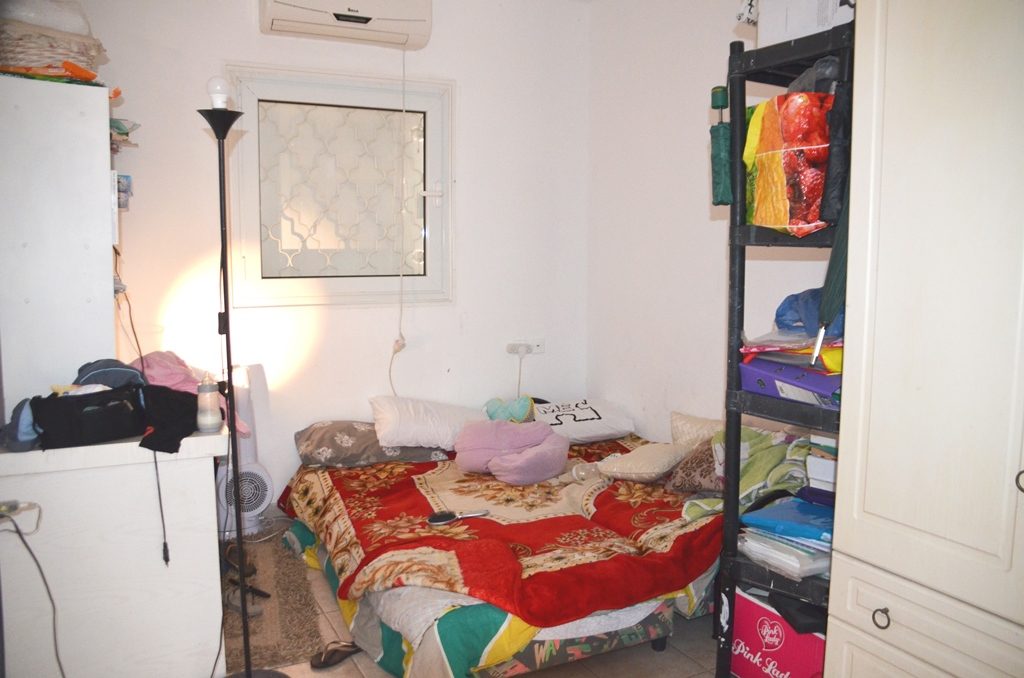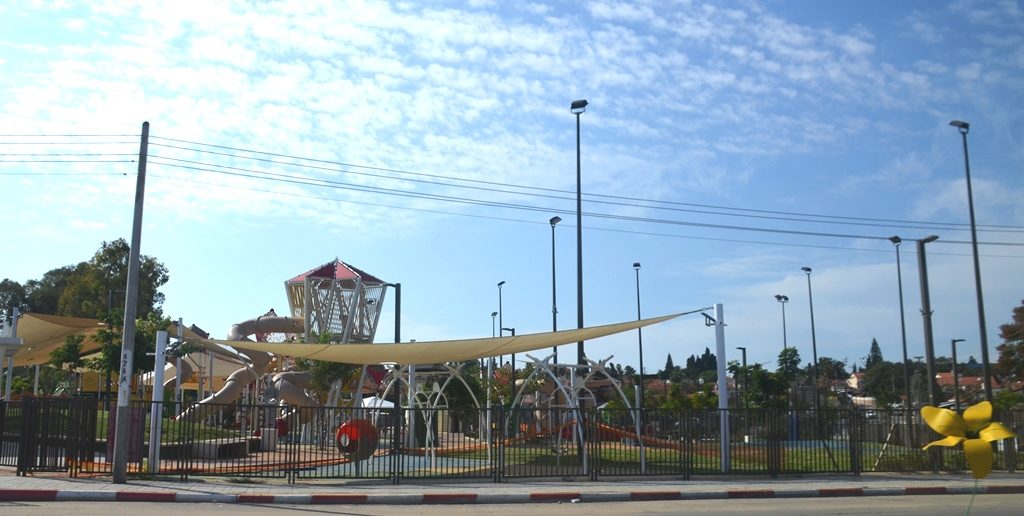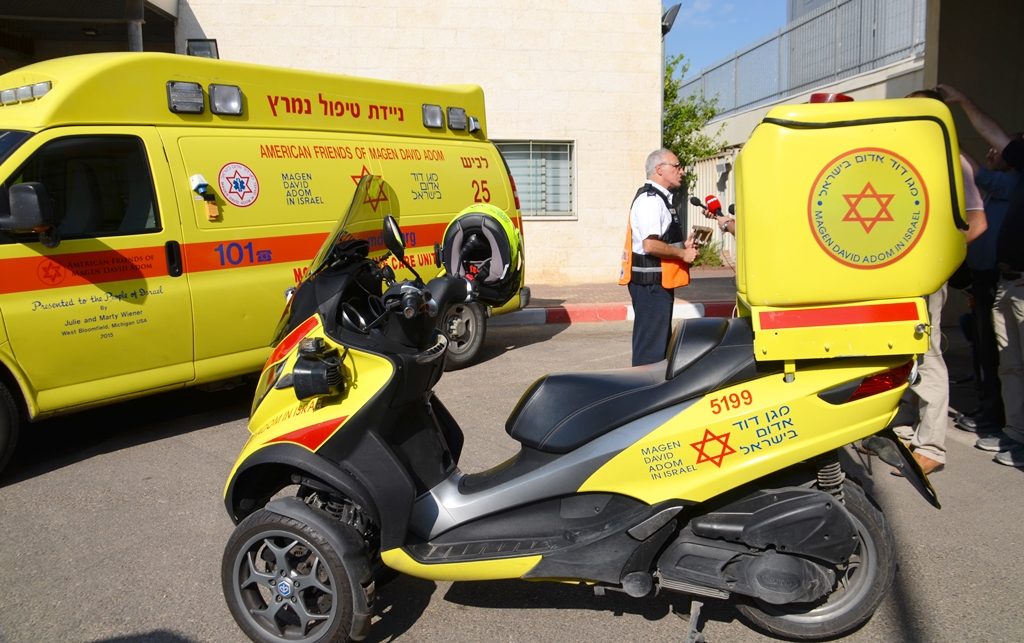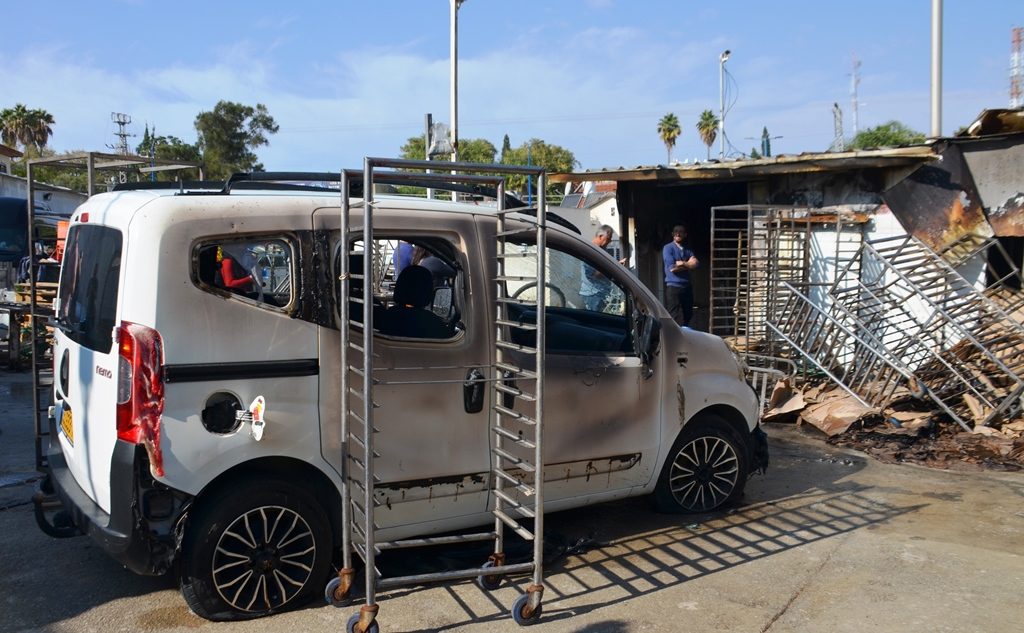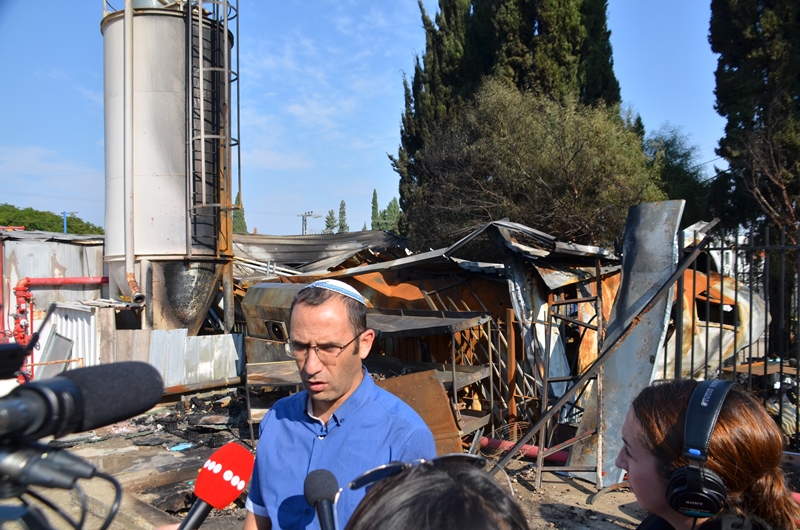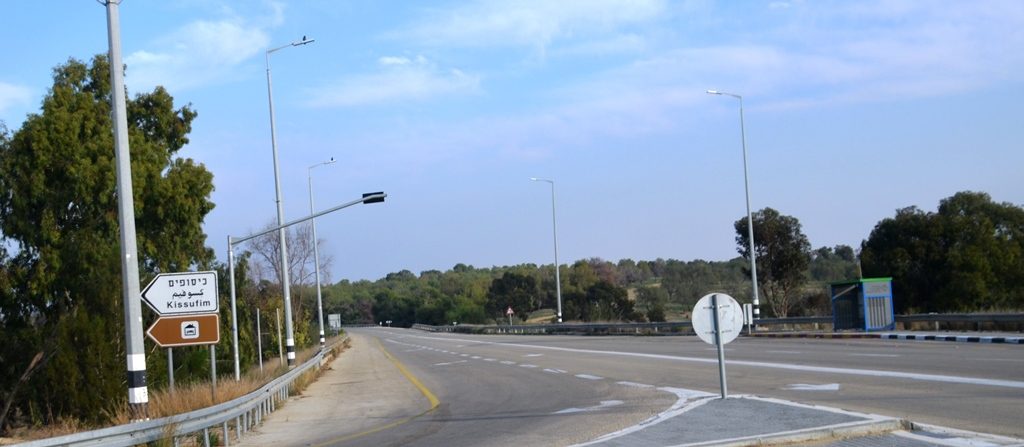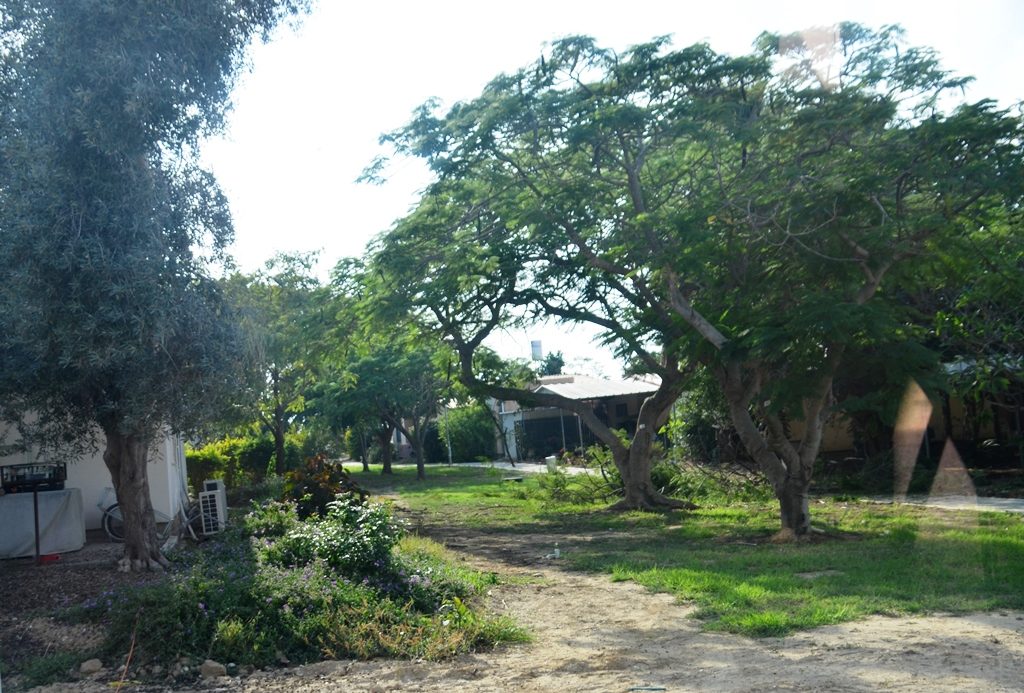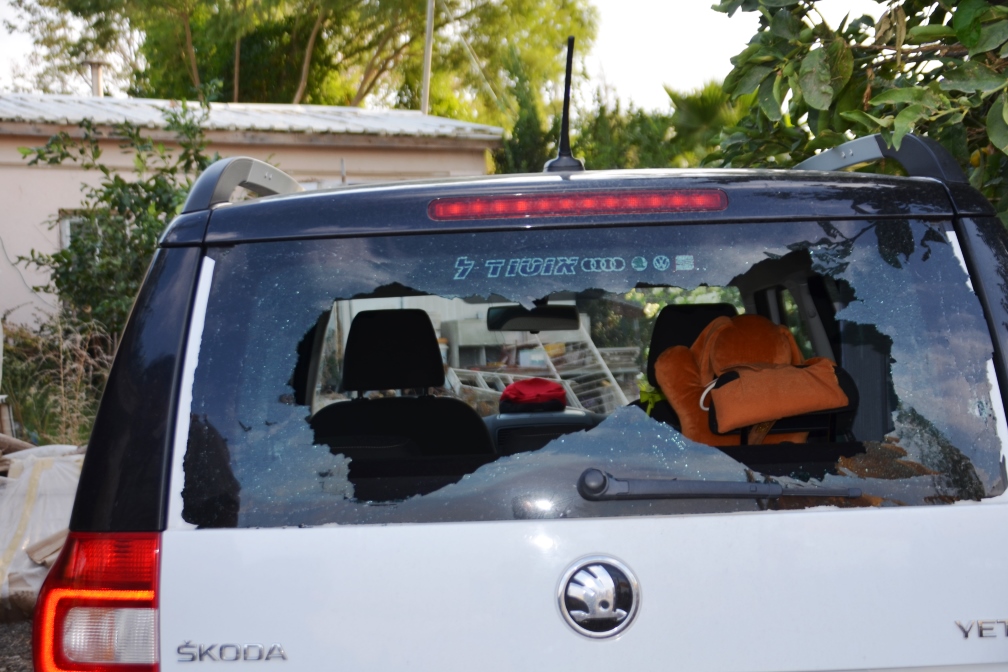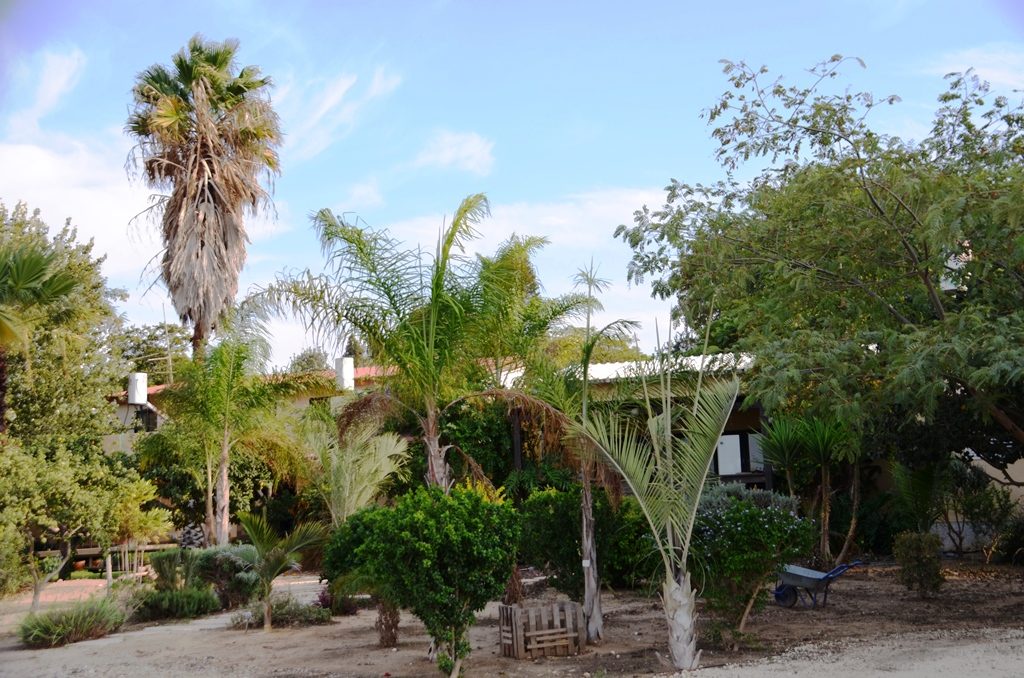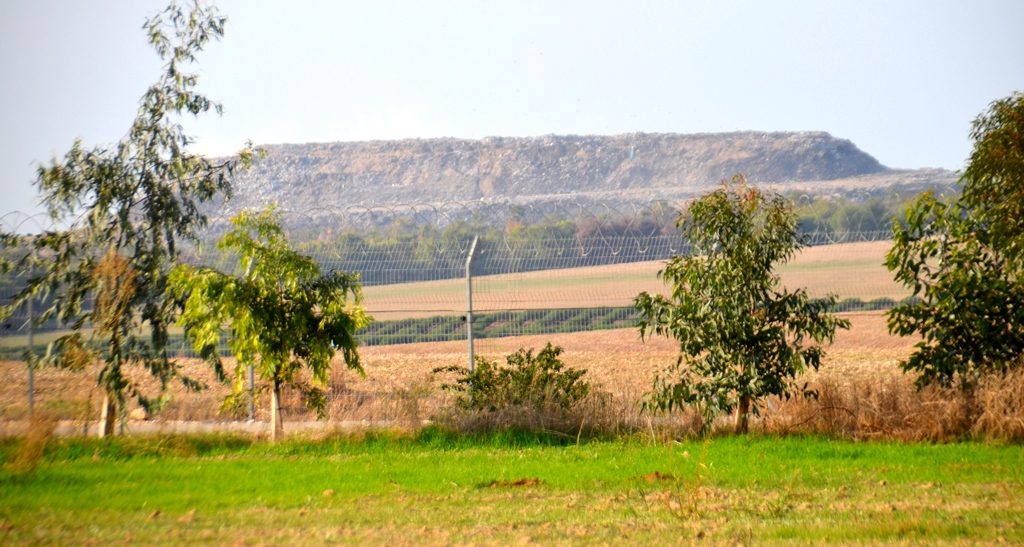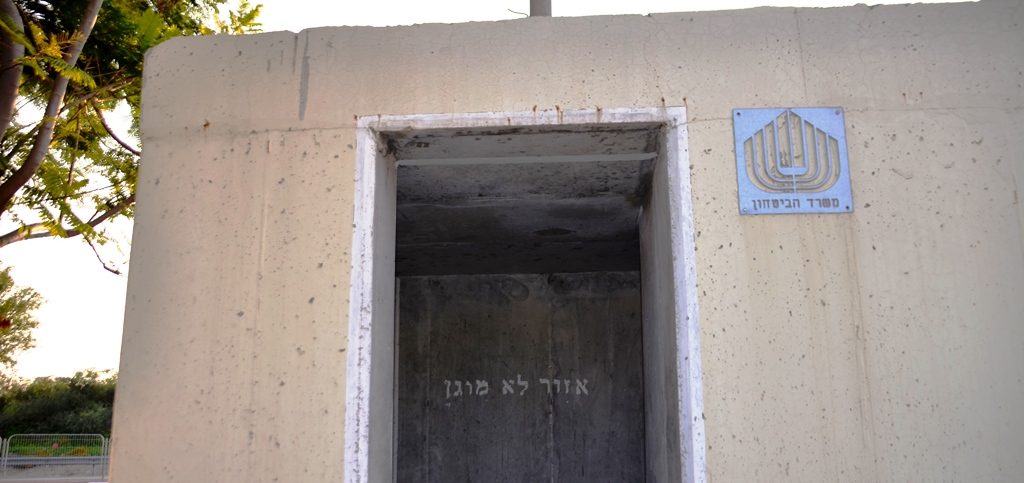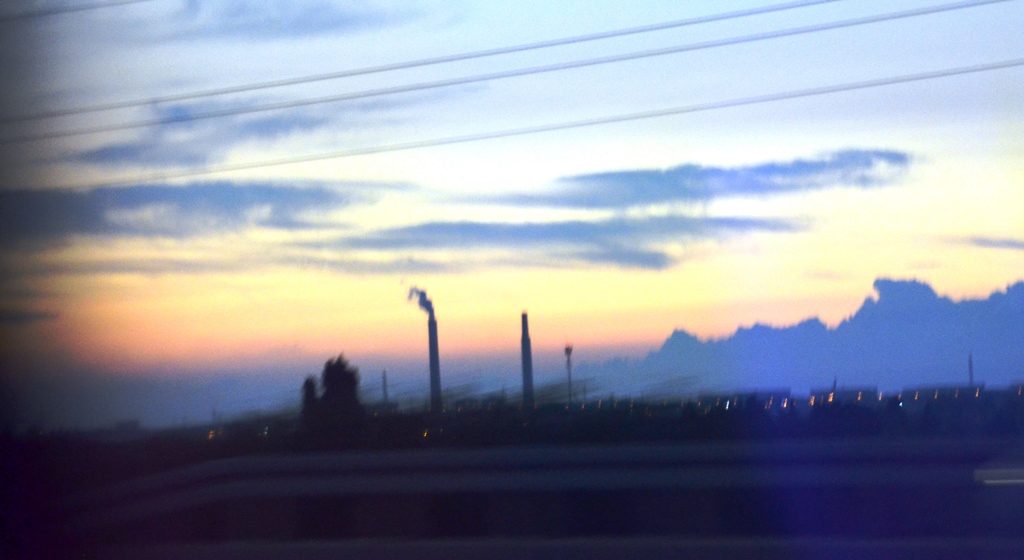100 Days
Shabbat Simhat Torah morning when Hamas started a war that they called the Al-Quds Flood.
Thousands of terrorists invaded southern Israel, murdering and rampaging while raining rockets down on us in Jerusalem and throughout much of Israel.
This 100 Days photo essay is a brief review to give you a glimpse into Israel today.
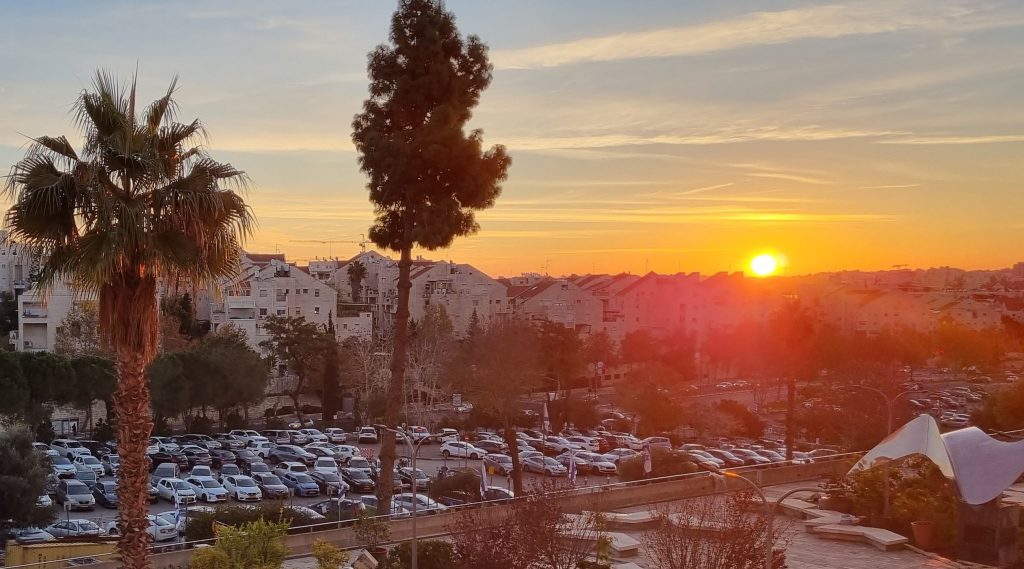
The sun has risen every day since October 7. Those who were awake at 7:10 am today caught sight of a rainbow stretched over the Jerusalem streets.
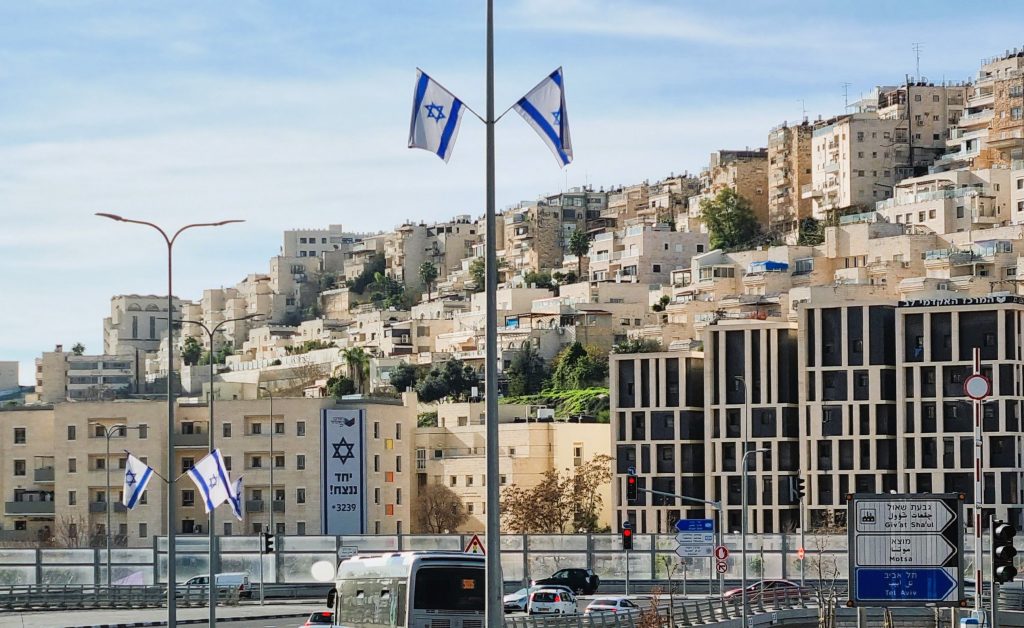
The Israeli flags and banners “united we will win,” large and small, abound on the Jerusalem streets.
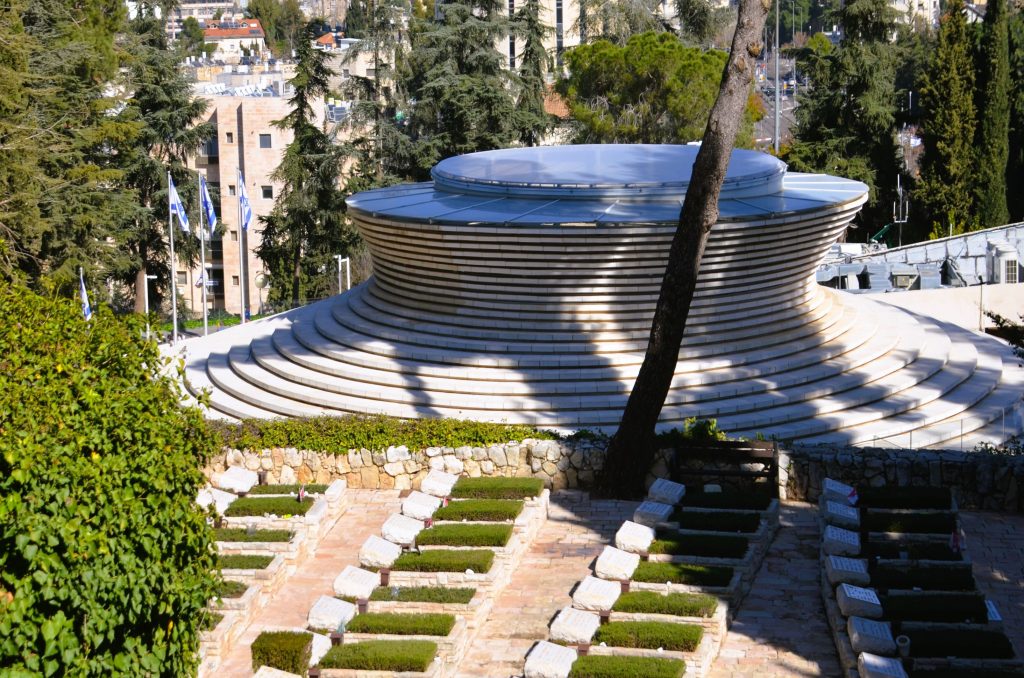
The graves of fallen soldiers in the Har Herzl Military Cemetery, near the new memorial hall, used to be all the same, row after row of identical graves.
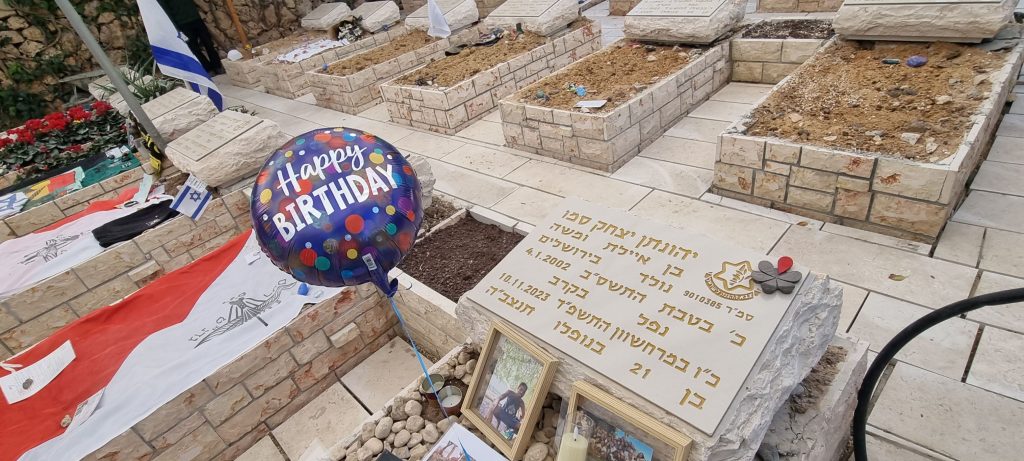
But not now. On one of the too many new gravesites of the hundreds of fallen soldiers since October 7, there is a birthday balloon, Yehonatan died on November 10, 2023, days before his 22nd birthday. Photos, candles, flags, and other momentoes also cover many of the new graves.
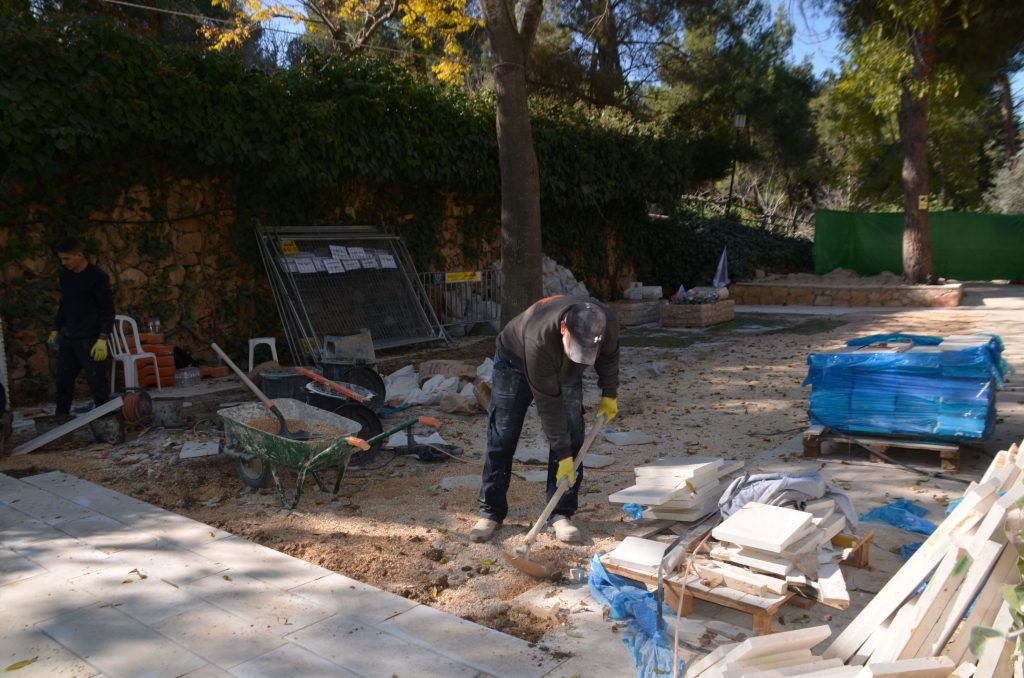
Workers are clearing new areas for more graves.
At the same time, we were at Har Herzl, there was a 30-day memorial service for one soldier and a funeral for another, which drew a large crowd. As with most people in Israel, we knew friends and families at both of the sad events.
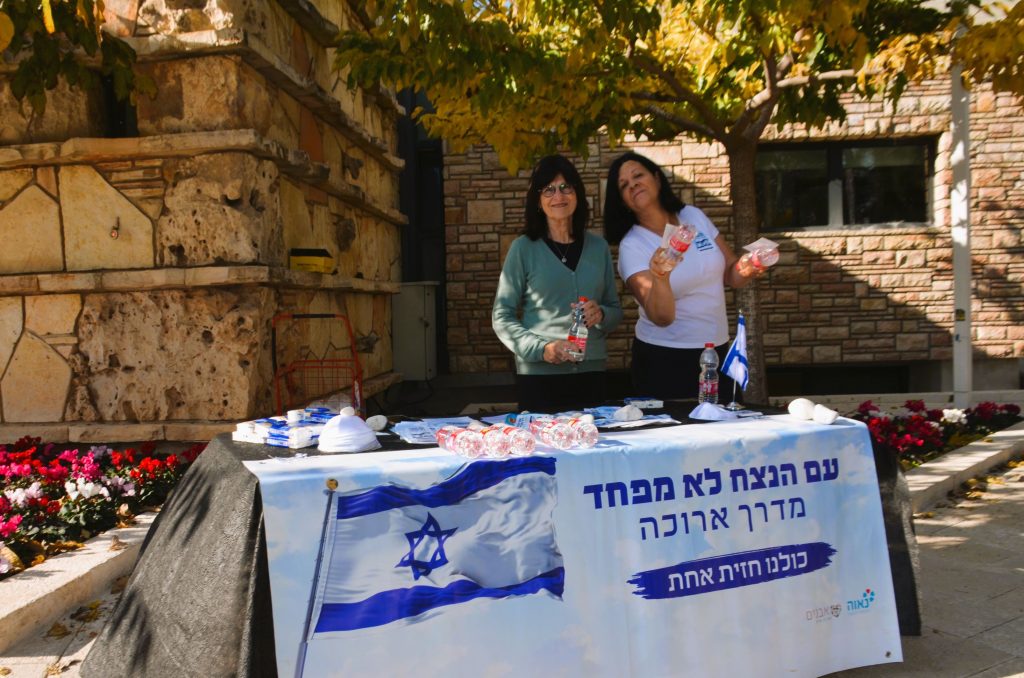
On one positive note, two women were giving out bottles of water to support the mourners as they left.
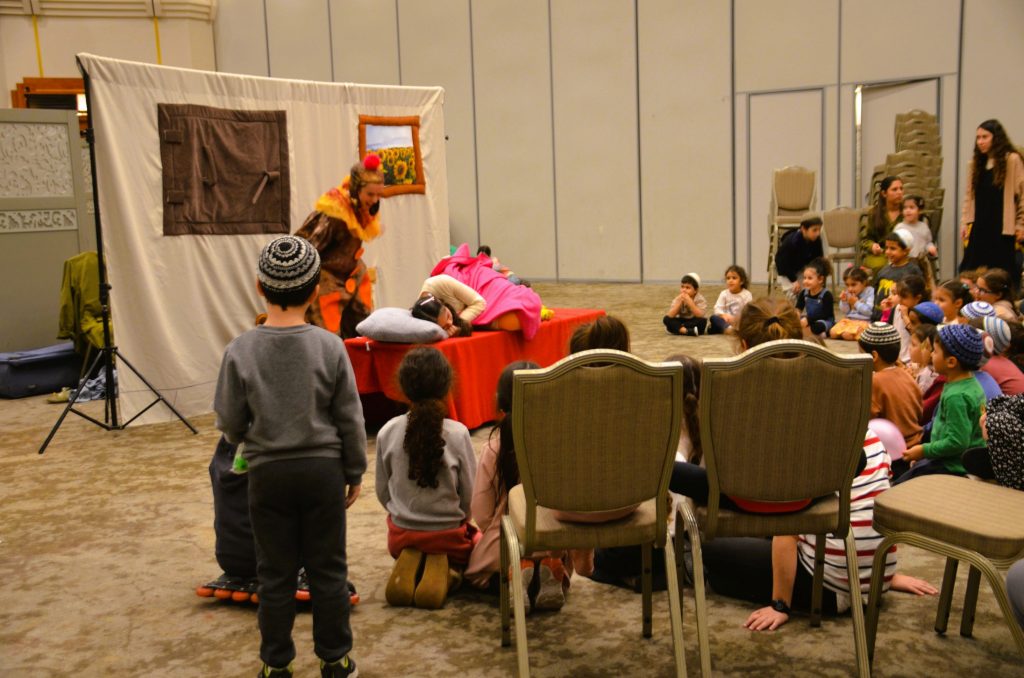
One way of supporting the families from the south who survived October 7 and cannot go home is through therapy performances for their children. This one was at the Ramada Hotel where hundreds of evacuees have been staying.
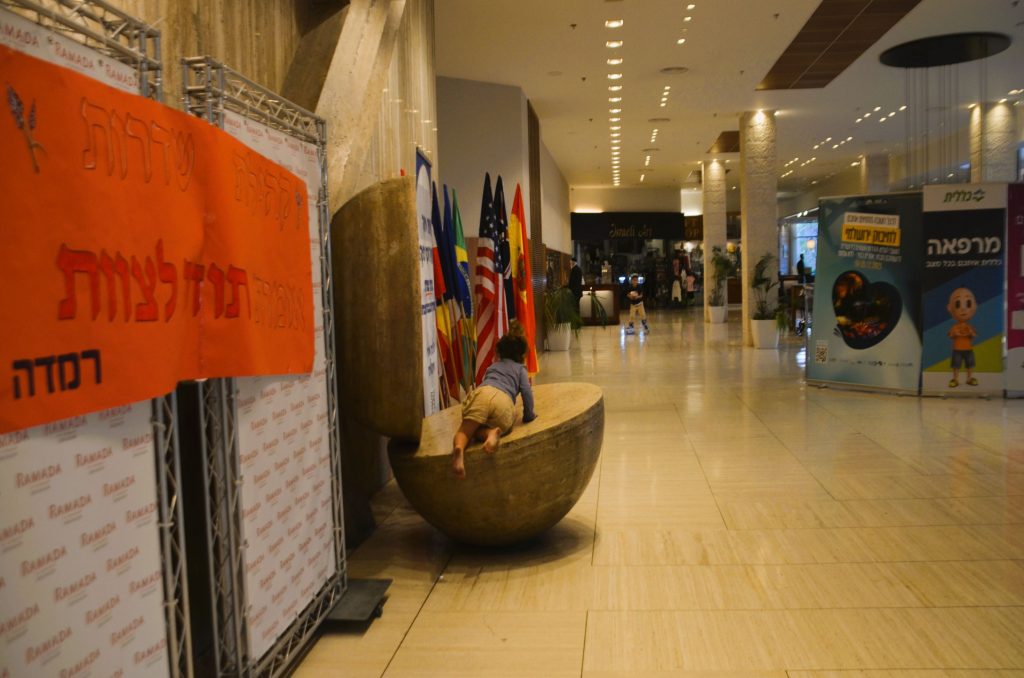
A few days, a few weeks, but months in a hotel unable to go home?
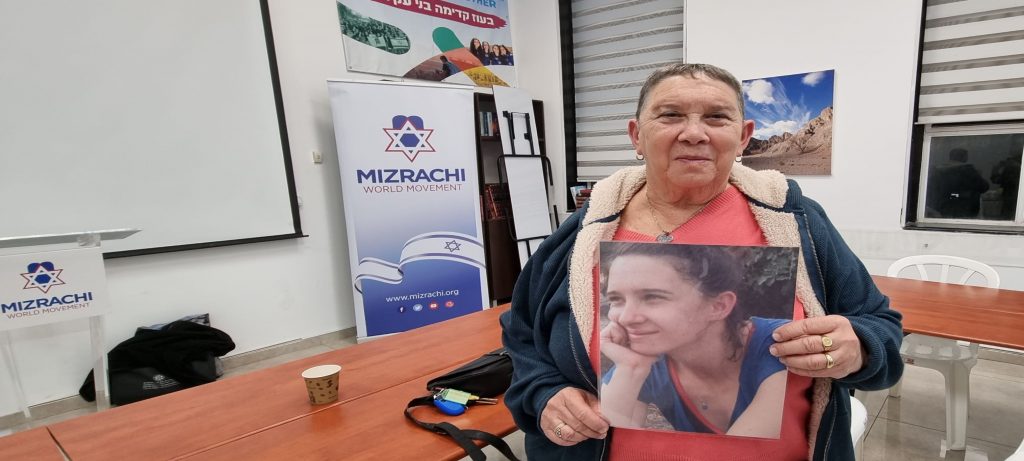
Will those murdered on October 7 be forgotten? Jacqui Vital, mother of Adi Vital Kaploun hy”d, is one of many parents who are speaking to solidarity groups to share and keep their memories alive.
So after almost 100 days, it was time to leave the Jerusalem streets, and head south to see, along with so many other groups to witness the destruction denied by so many outside of Israel.
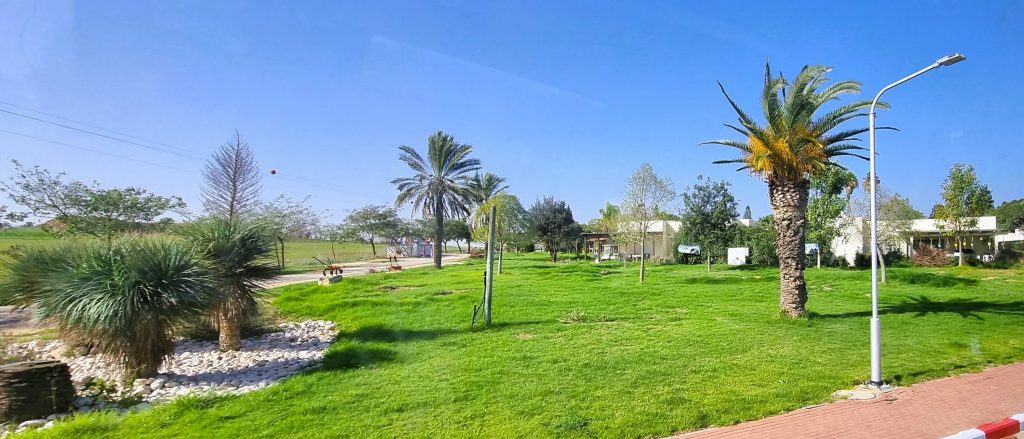
The entrance to Kfar Aza is testimony to what was a beautiful agricultural kibbutz.
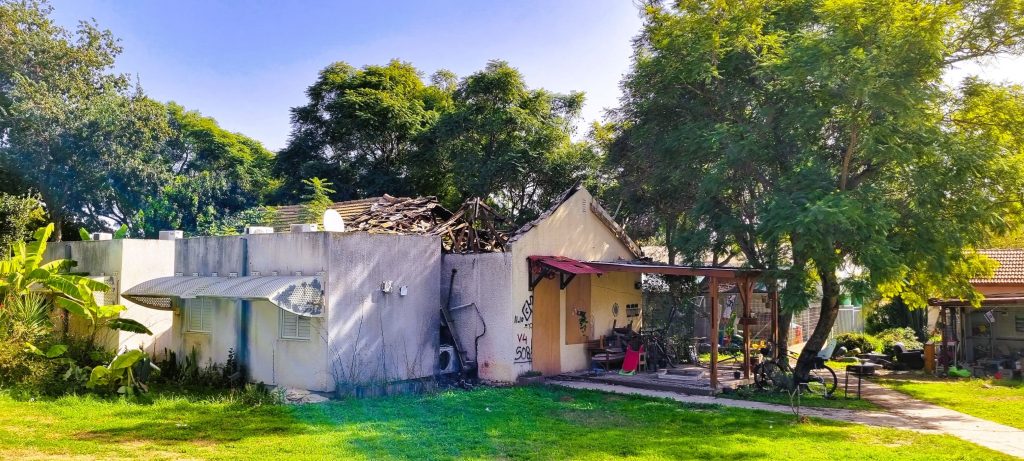
Until Hamas terrorists broke through the fences on the morning of October 7.
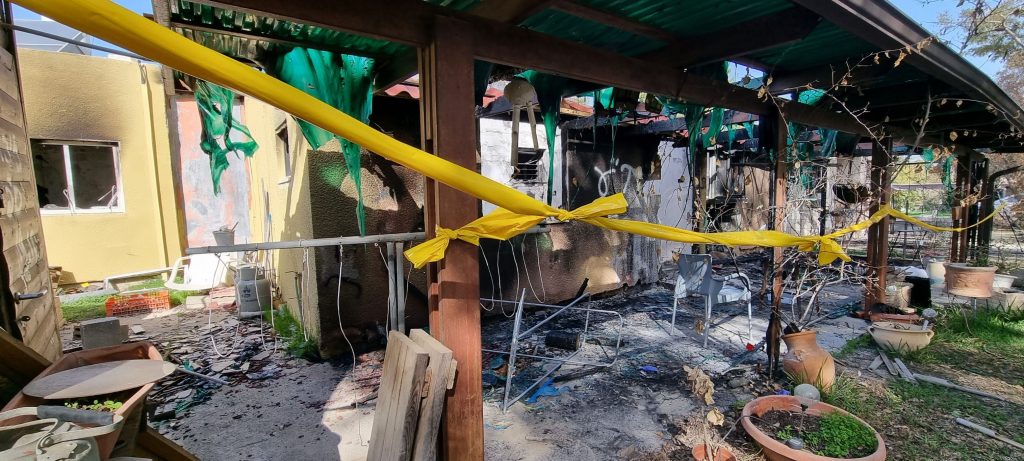
Murdering, burning, and destroying not only buildings but hundreds, thousands, of lives.
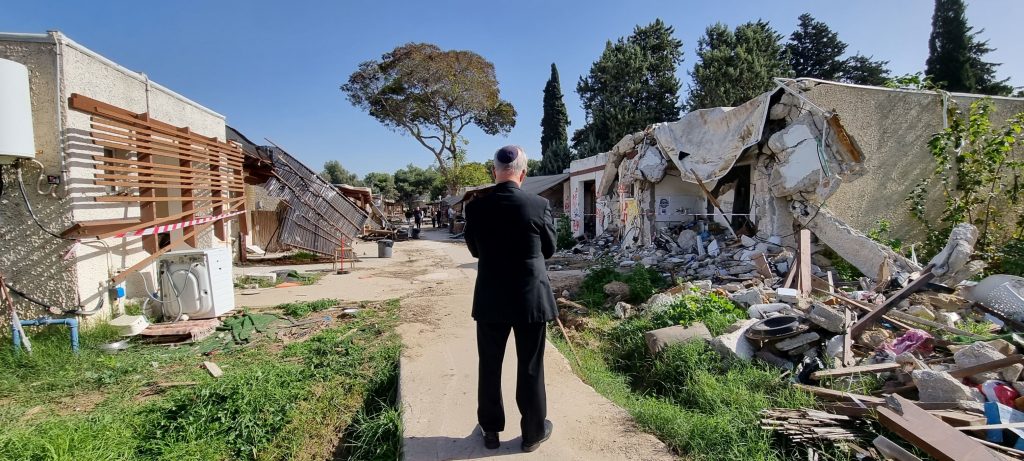
Especially hard hit were the young members of the community, only in their 20s, who were tortured and murdered in their homes.
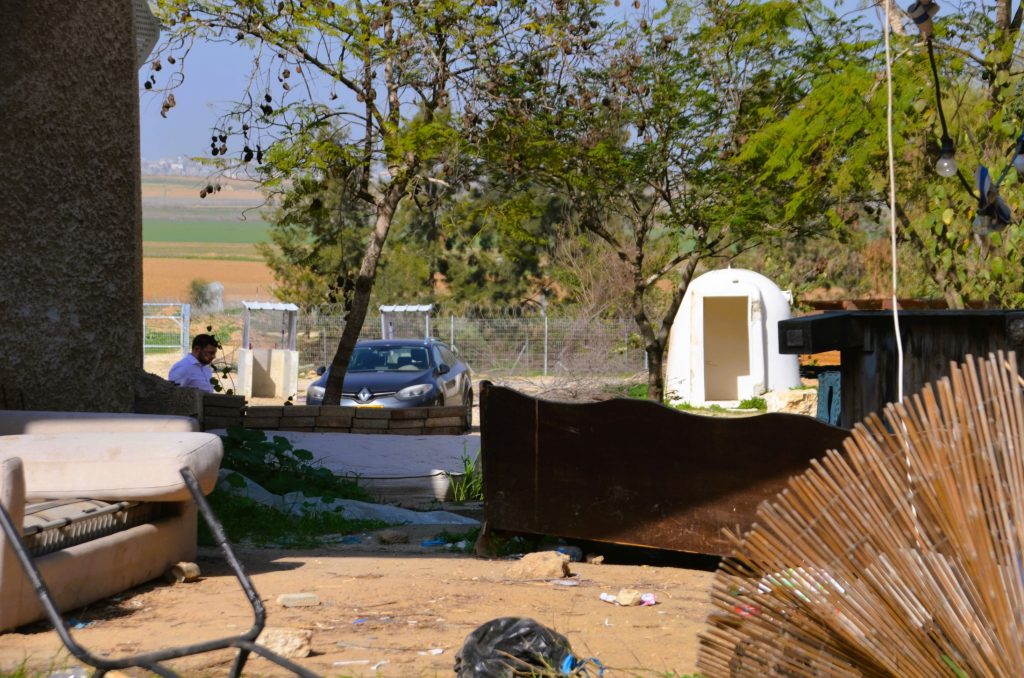
If you look through the trees, you can see Gaza, only a short distance away.
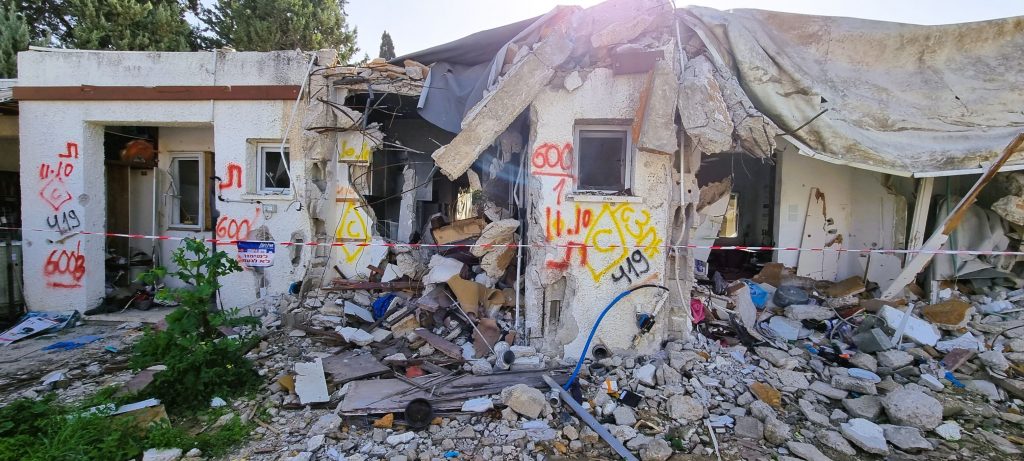
Yes, it is hard to imagine the destruction by Hamas that morning.
No matter what the UN or IJC say, this was a genocidal attack.
Today we have not only Holocaust deniers, but October 7 deniers.
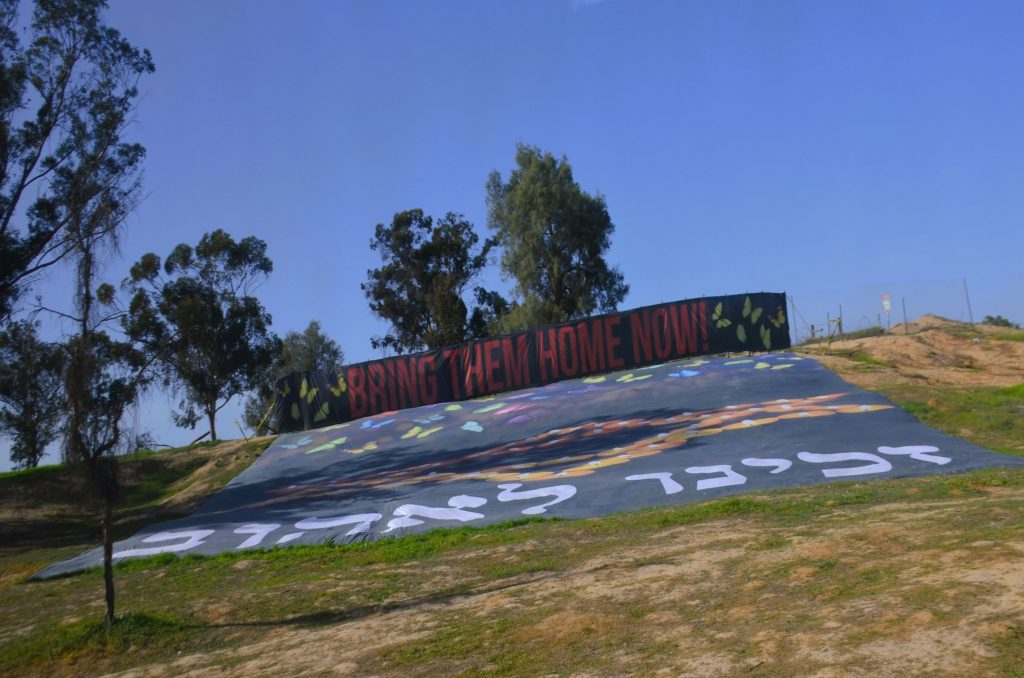
The next stop was the site of the Re’im Nova Festival where a “Bring Them Home Now” display was at the entrance. Notice that all the signs are in English to try and wake up world’s attention to the very real humanitarian crisis and war crimes.
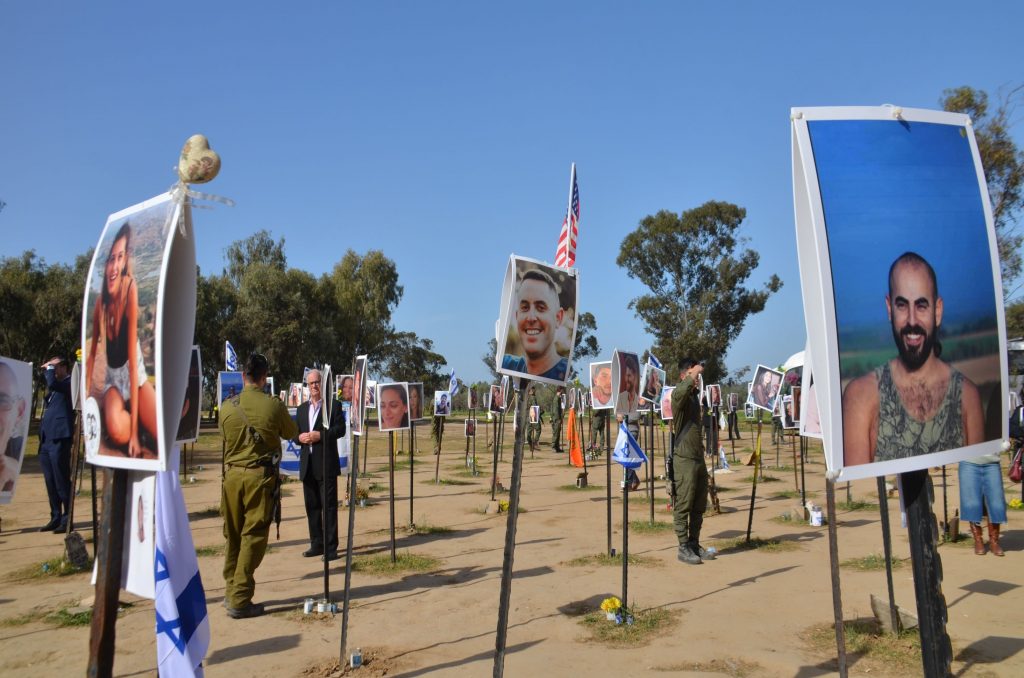
Pictures have been posted of those murdered on the morning of October 7 at the music festival.
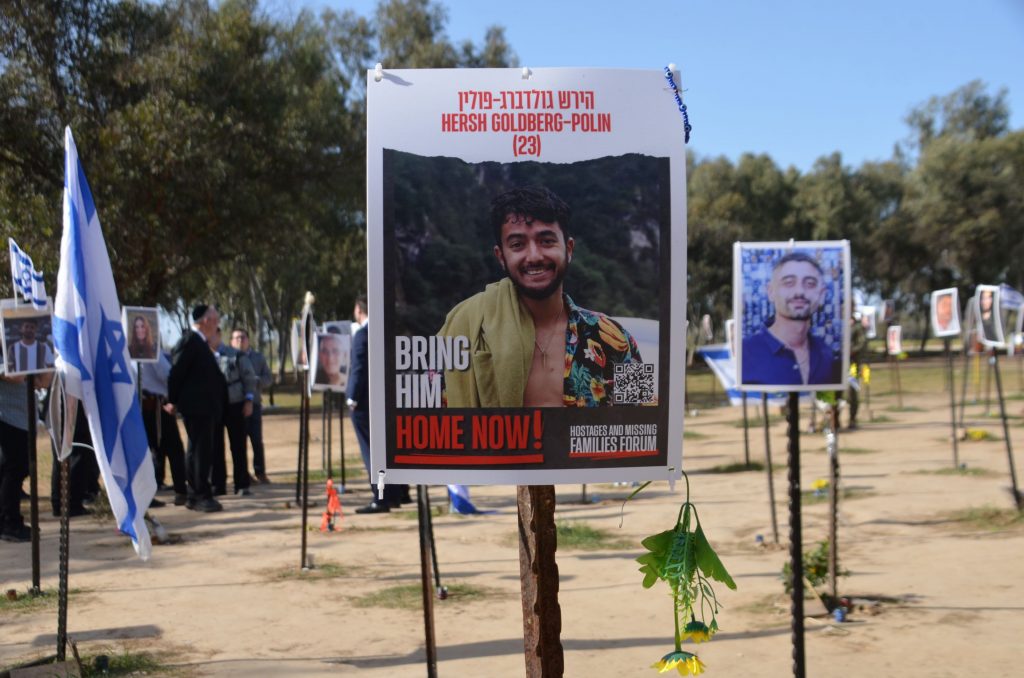
With special attention to those people still missing and held as hostages in Gaza.
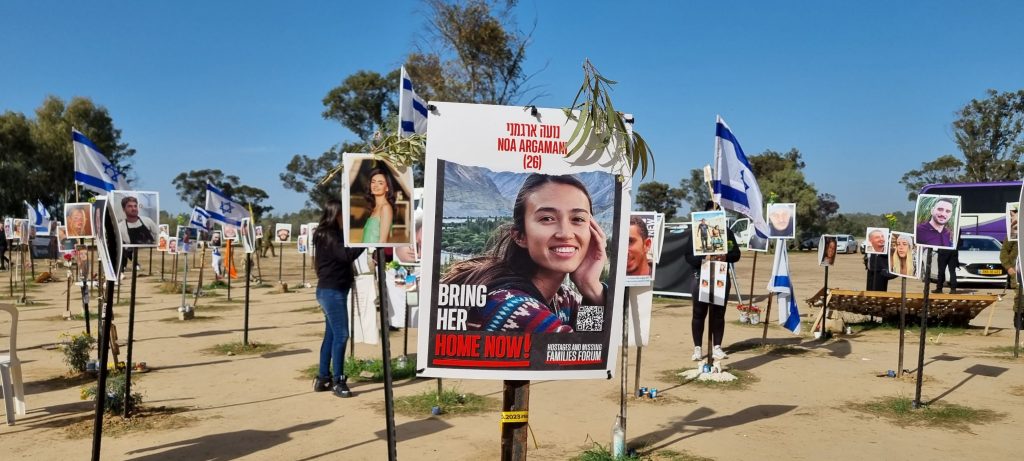
Their fate is unknown, as they are held in the deepest terror tunnels as human shields for Hamas leaders.
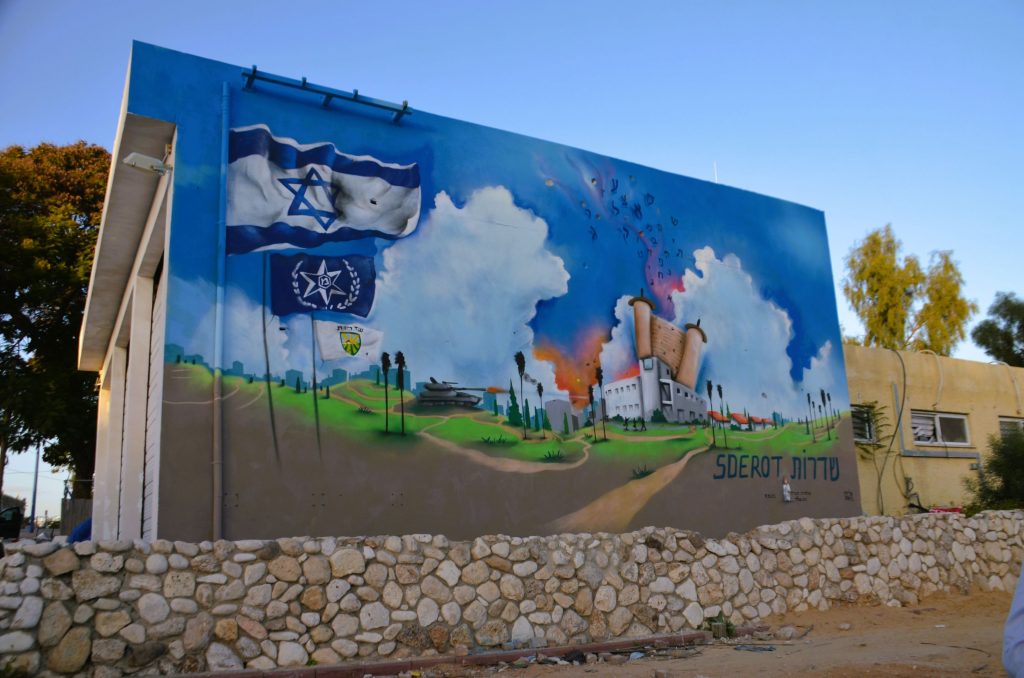
We also visited Sderot where a new mural has risen over the site of the destroyed police station. I had visited several times on previous media trips south, but that is another story.
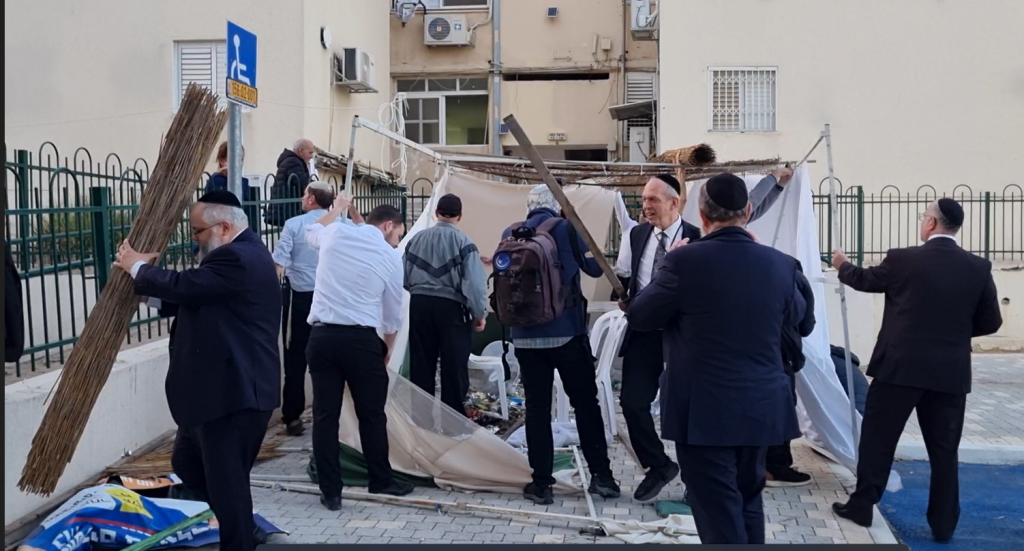
Members of our group helped the owner of this sukkah take it down, 96 days after the holiday.
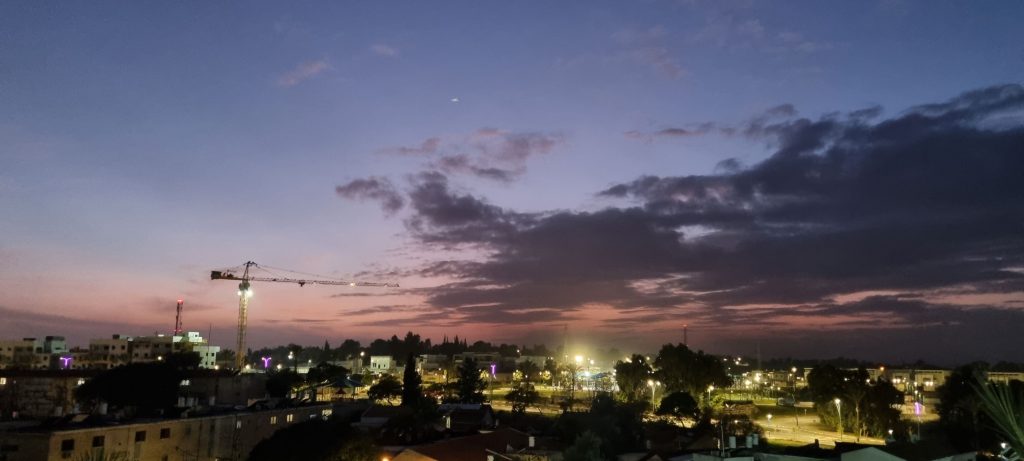
Sderot is a beautiful city with a population of 30,000 people.
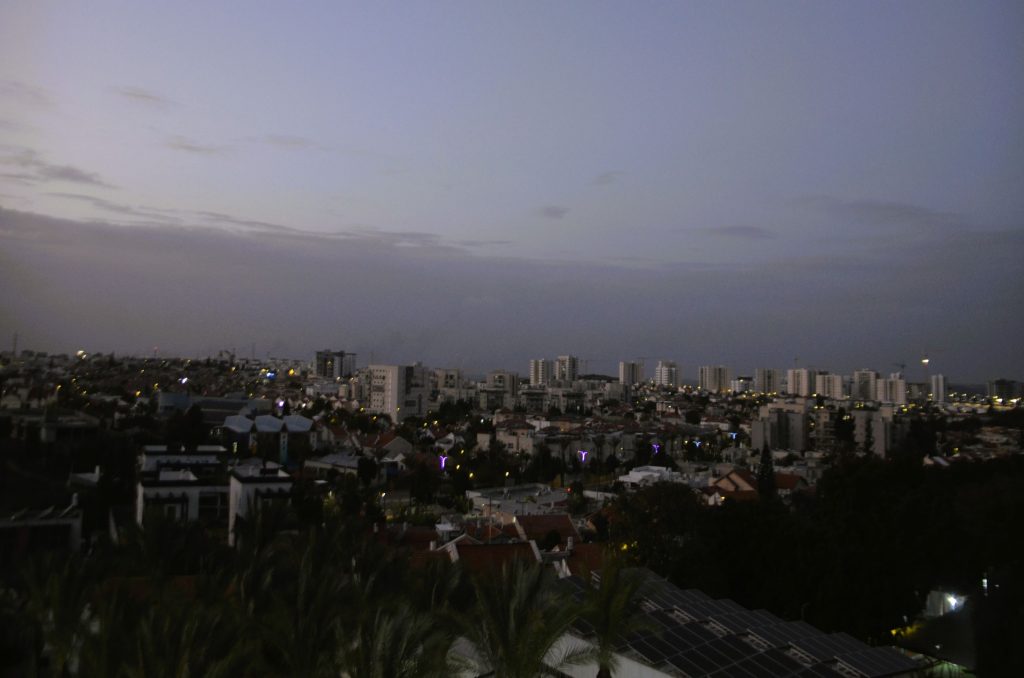
It has grown over the years, even under rocket fire from Gaza less than a mile away.
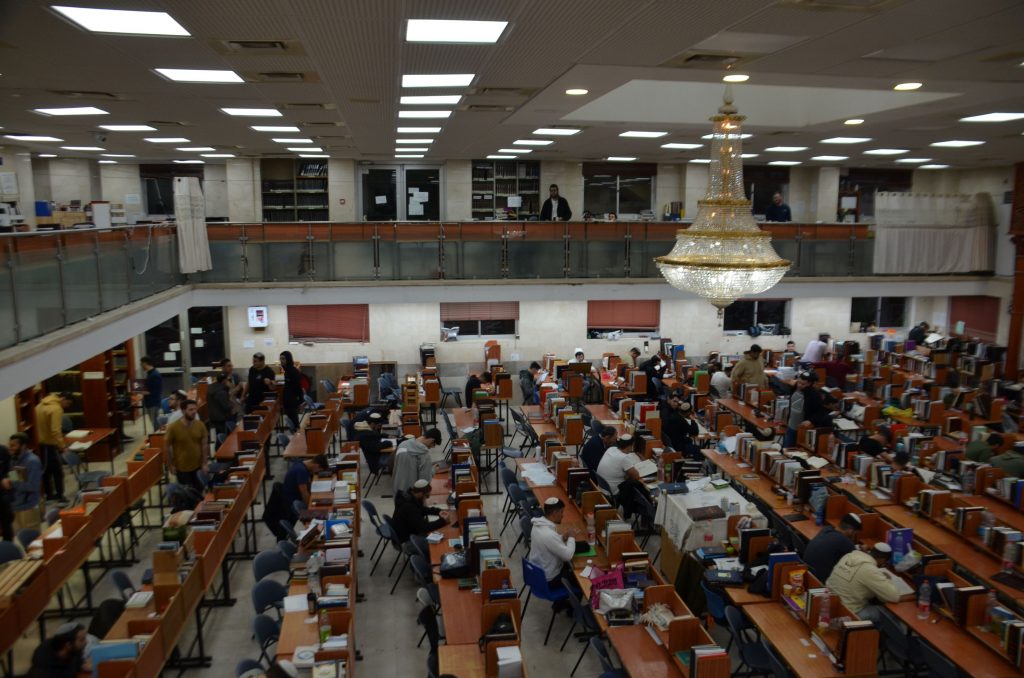
The Sderot Yeshiva roof was reinforced to make the entire study hall a sheltered safe room, so the young men not on active army service came back recently to study, plus former students have come back to support their Yeshiva. But first, they began by finishing up their interrupted Simhat Torah dancing.
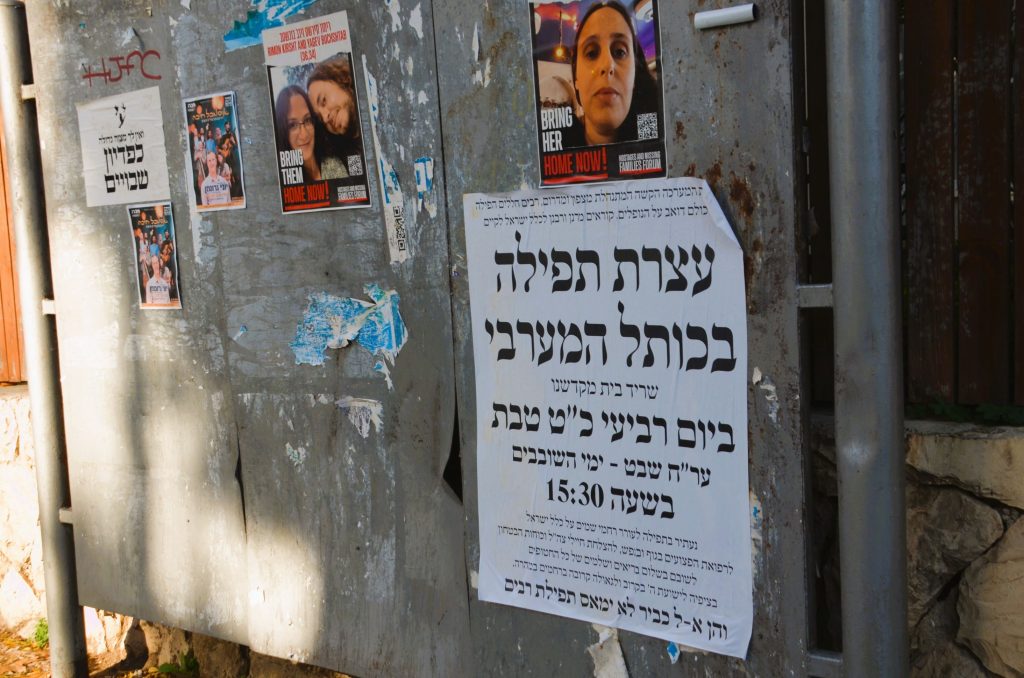
On Wednesday night in Jerusalem at the Kotel, Western Wall, 50,000 people gathered to pray for the safety of the hostages and soldiers.
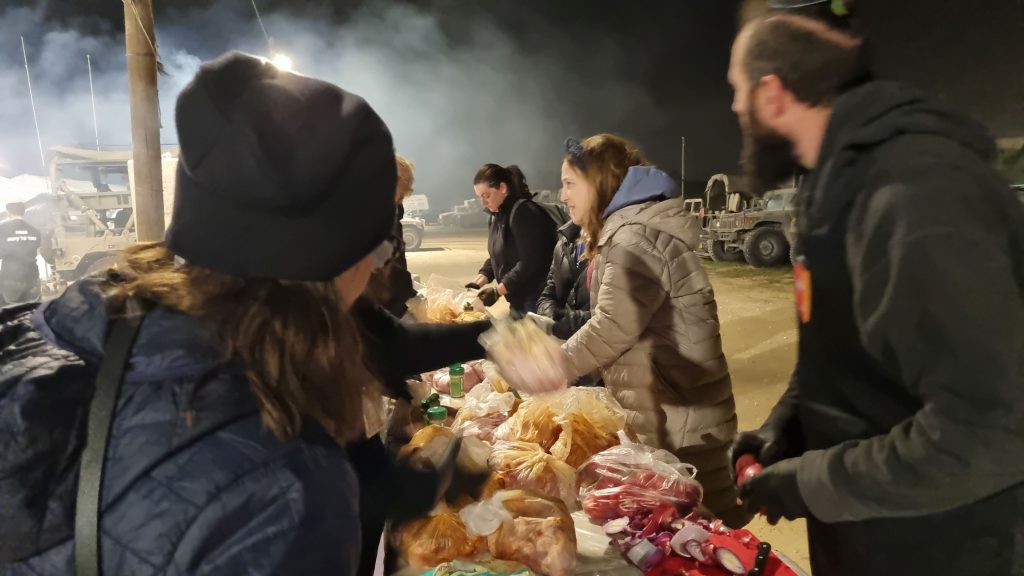
We however were near the Gaza border where volunteers prepared a BBQ, one of thousands in support soldiers in the field.
On Thursday morning we left the Jerusalem streets for Tel Aviv.
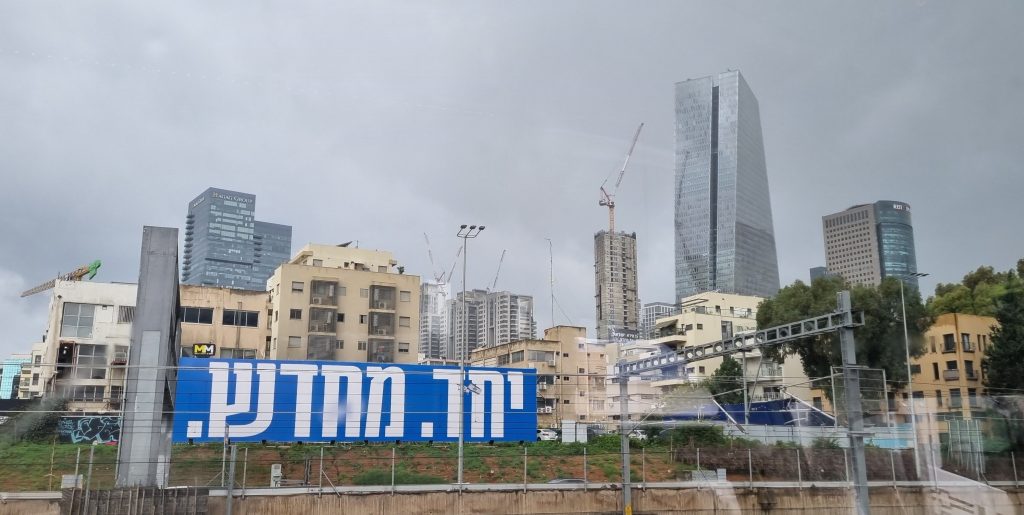
Tel Aviv is where many of the hostage families have come to organize and support each other.
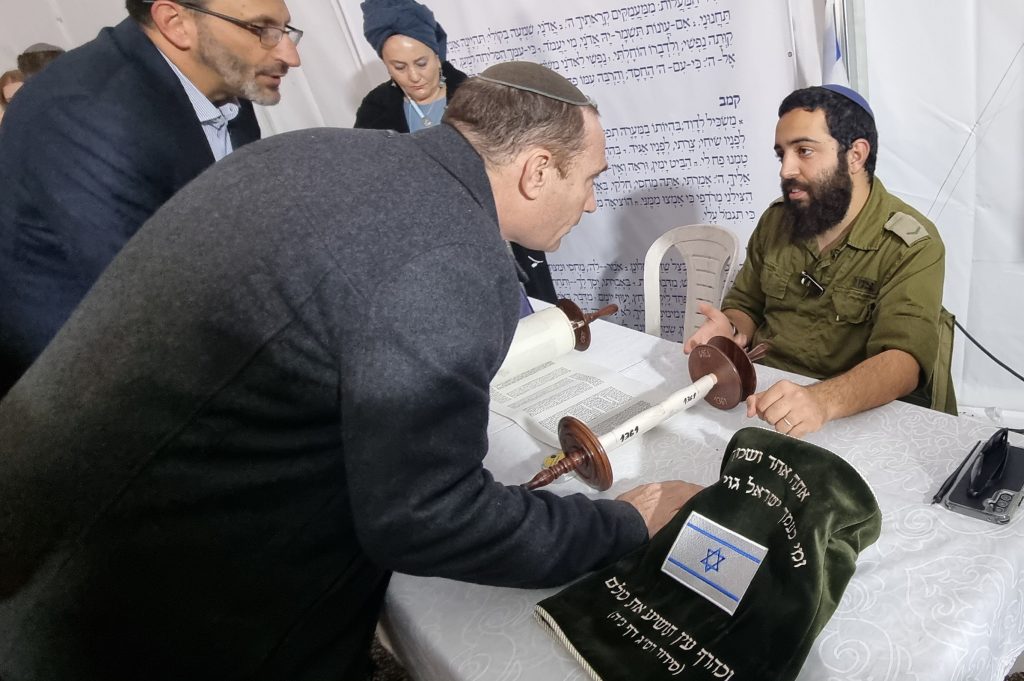
One initiative was writing a new Torah Scroll for the return of hostages.

The public square renamed Kikar Hachatufim, Hostage Square – is filled with projects.
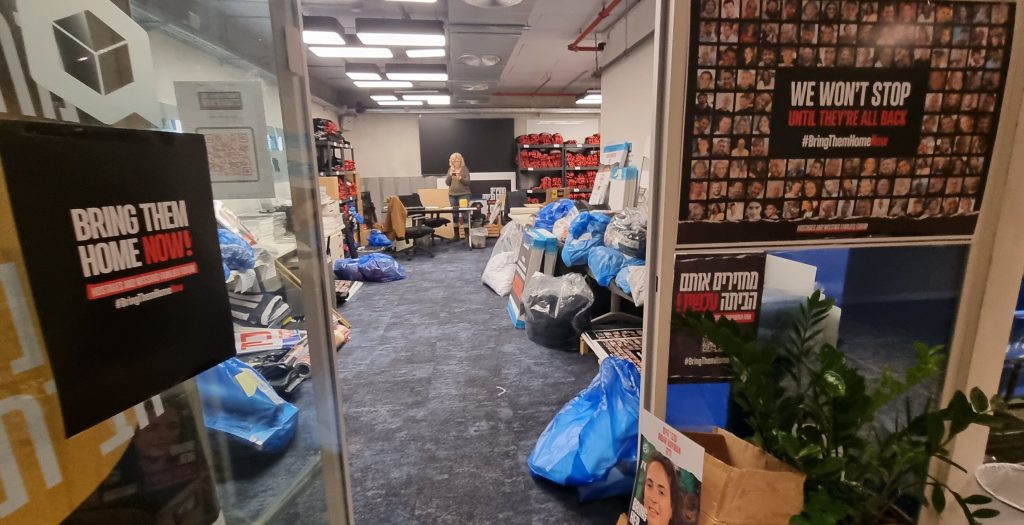
And nearby, one can find almost anything needed by the families and their supporters.
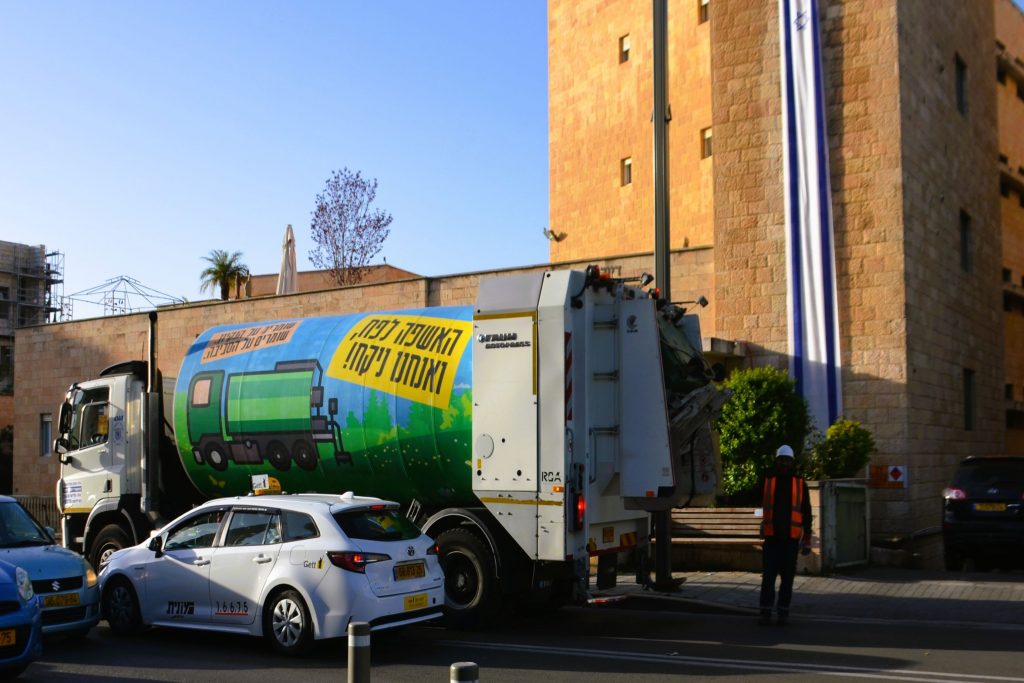
On the Jerusalem streets, the new garbage trucks
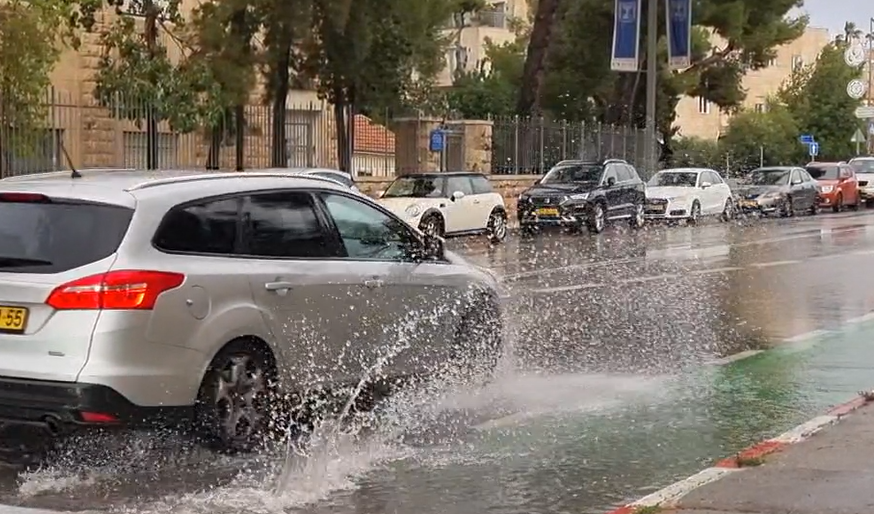
or the rain might have been a topic for this past week.
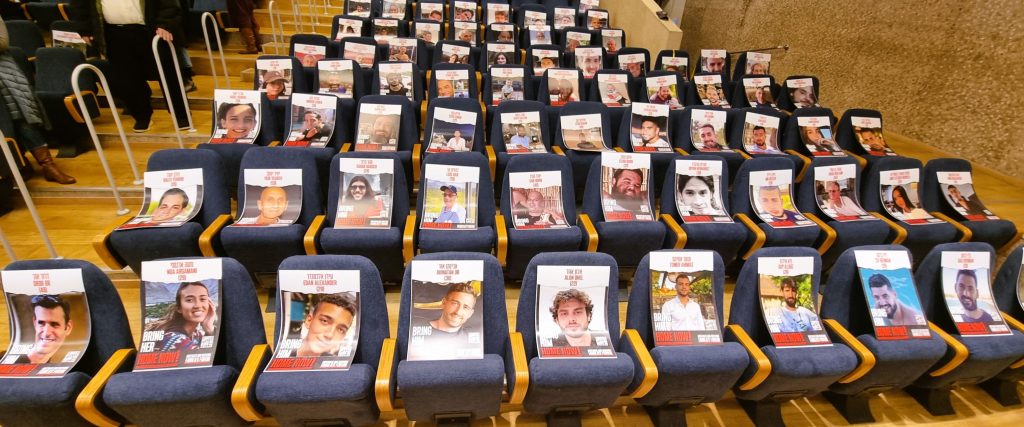
However, after 100 Days, the fate of the hostages is on everyone’s mind.
